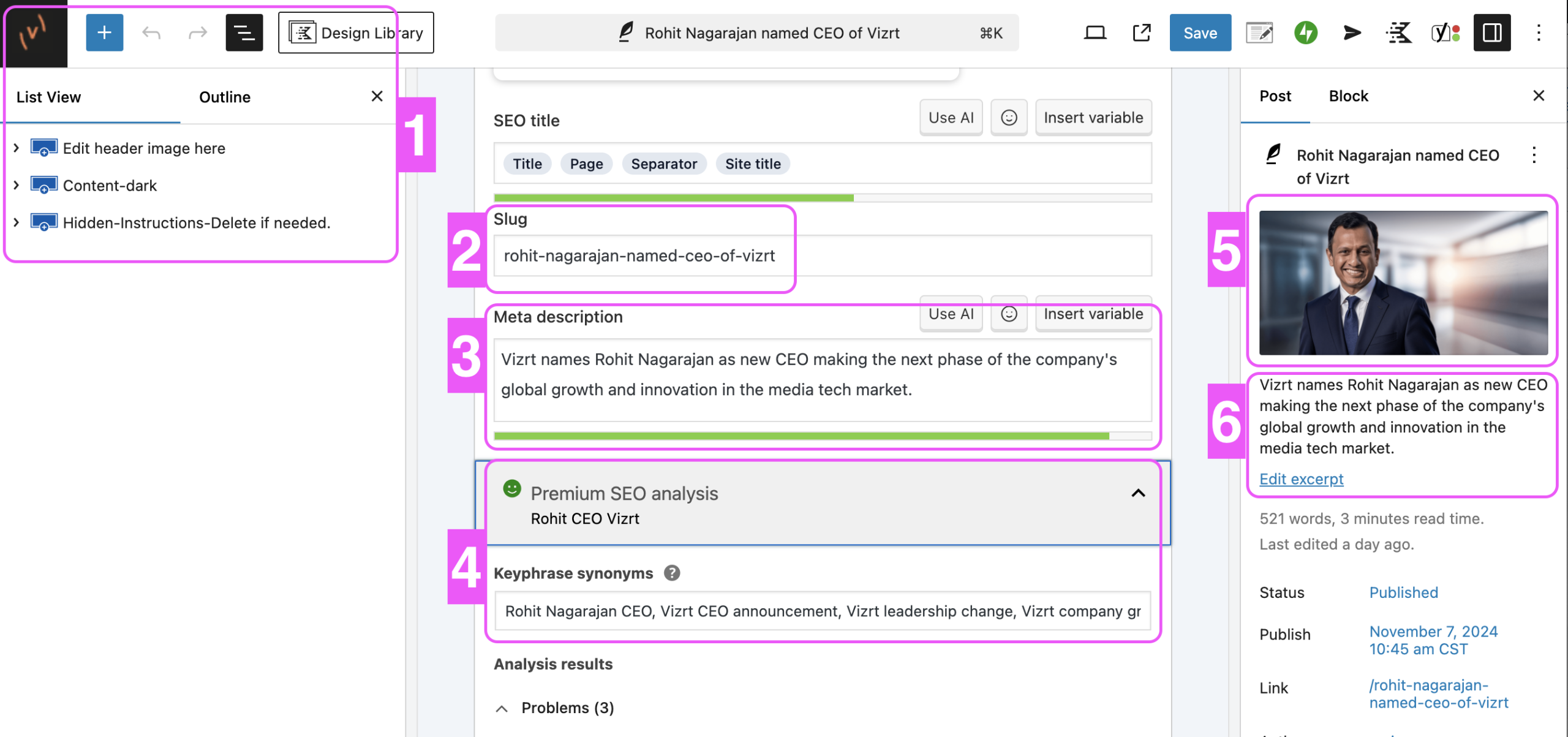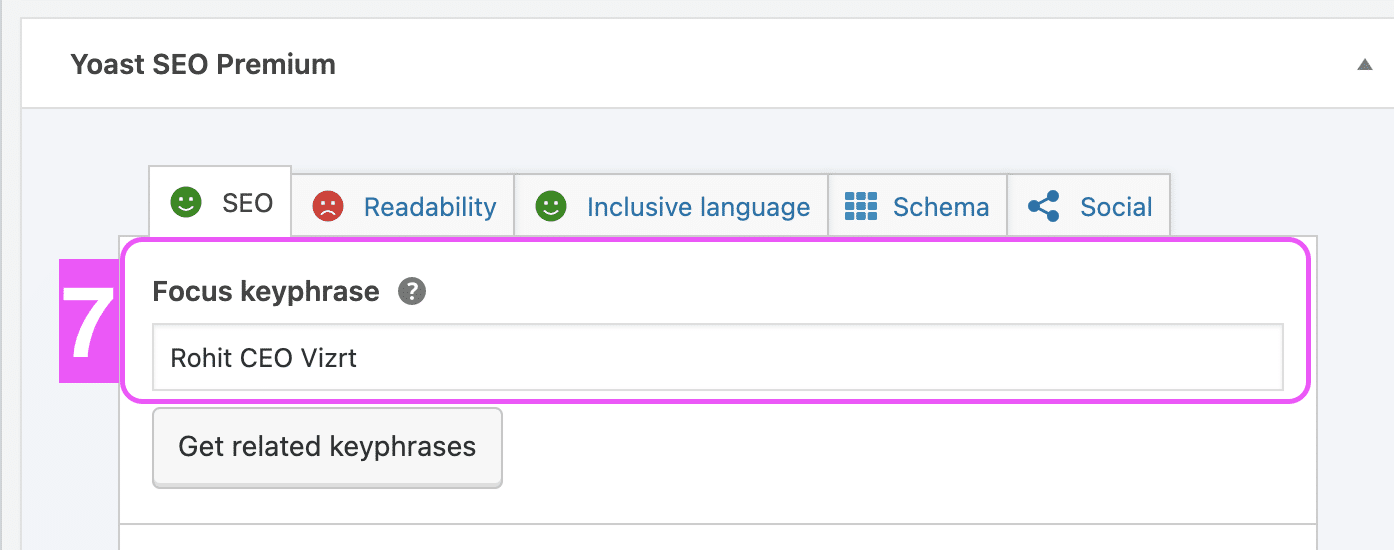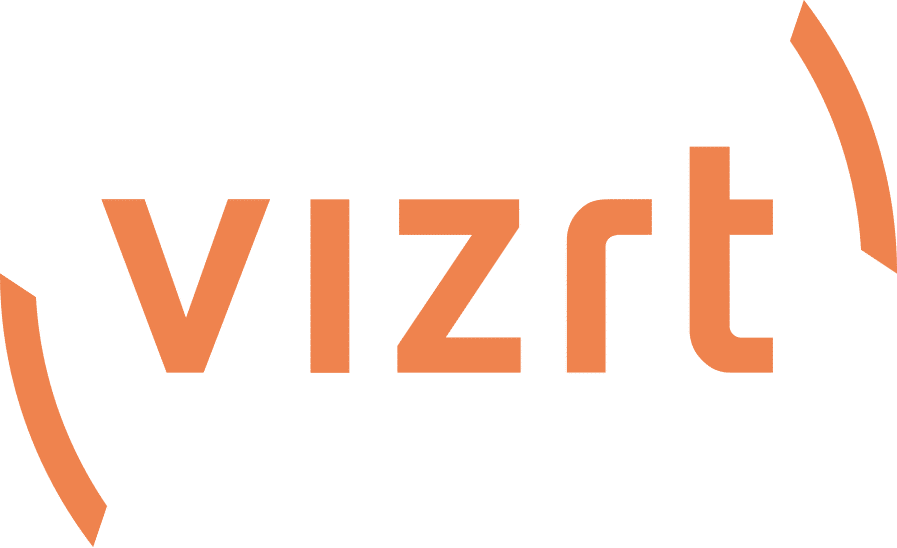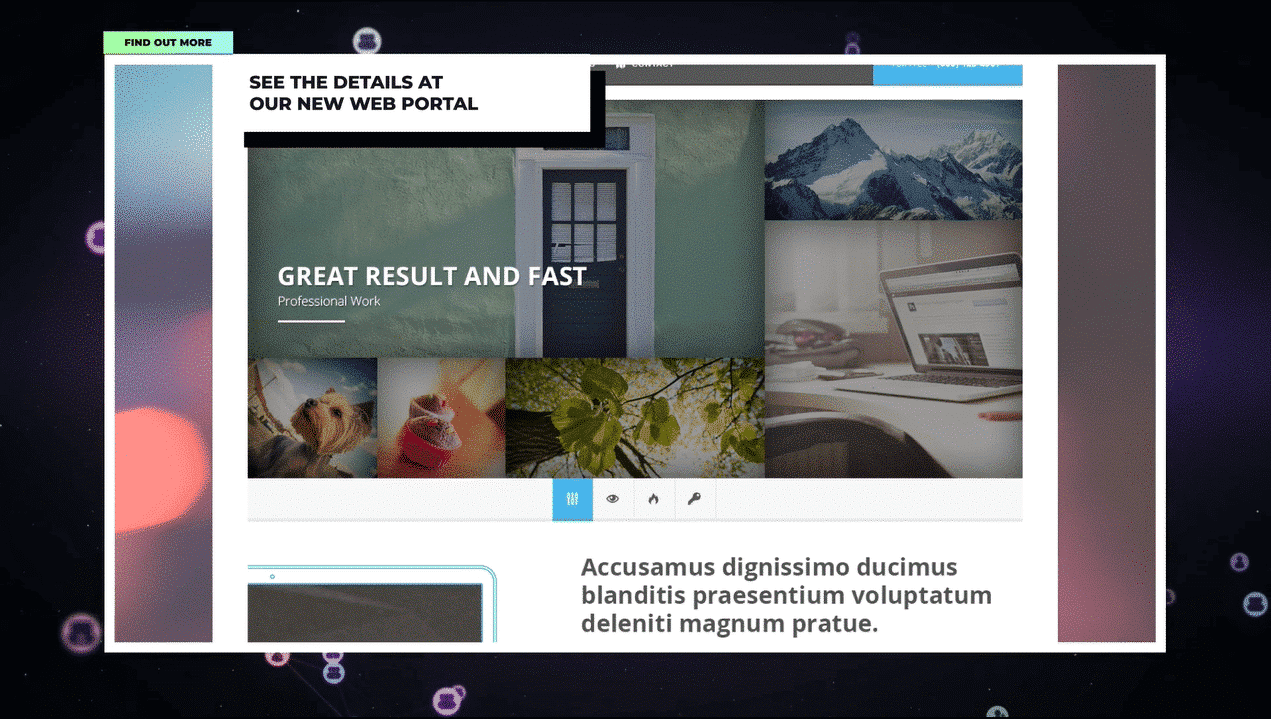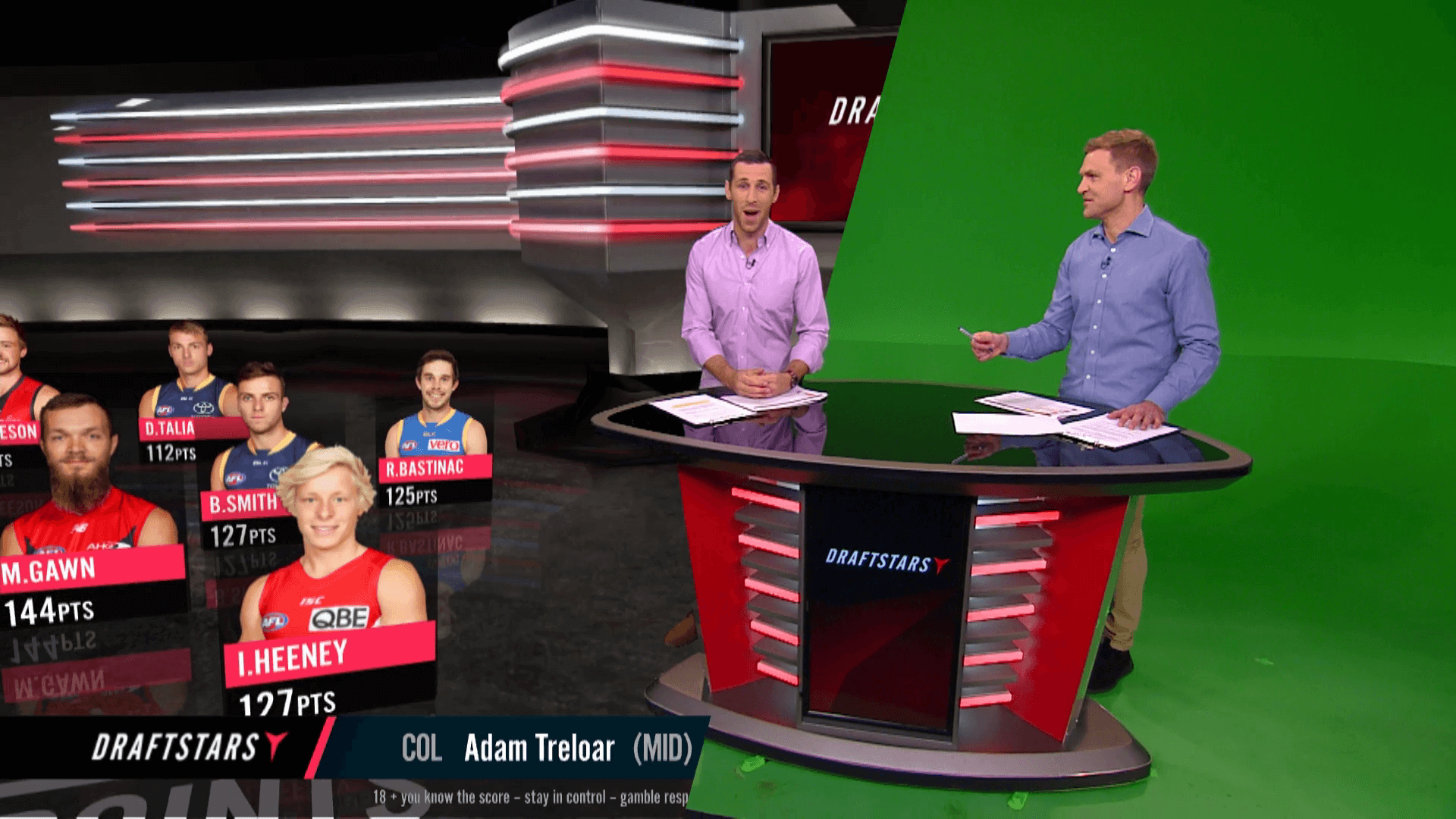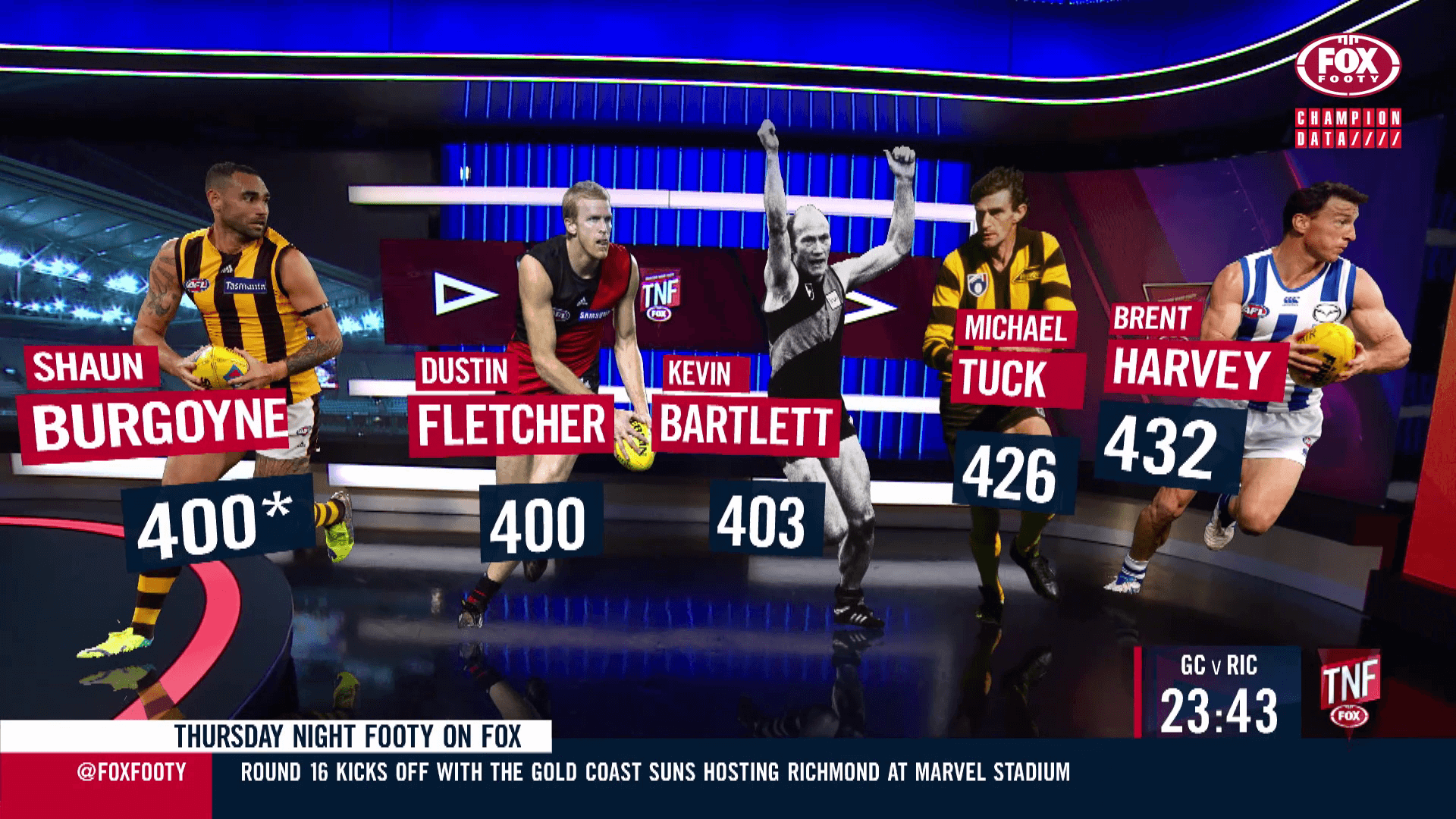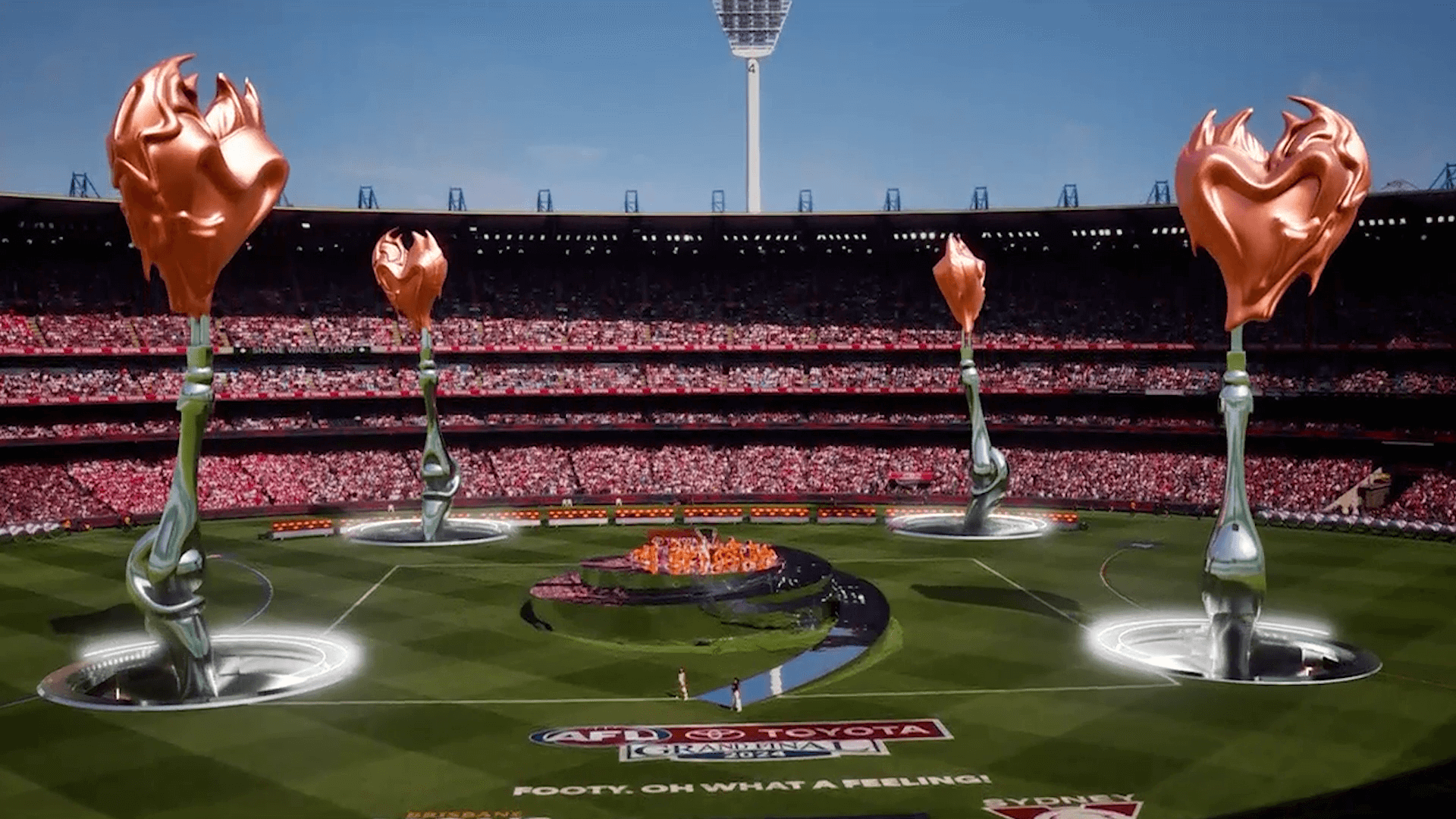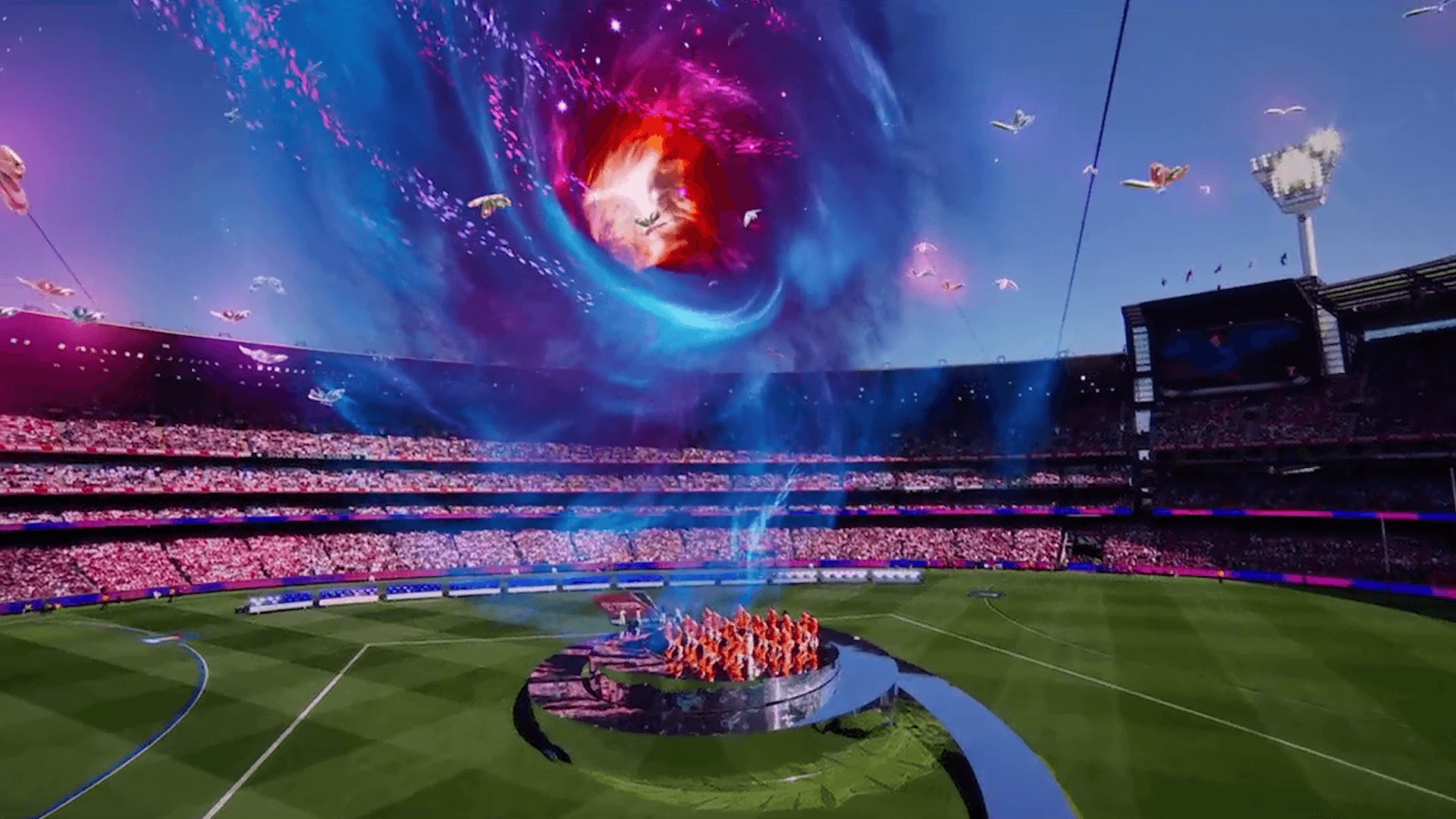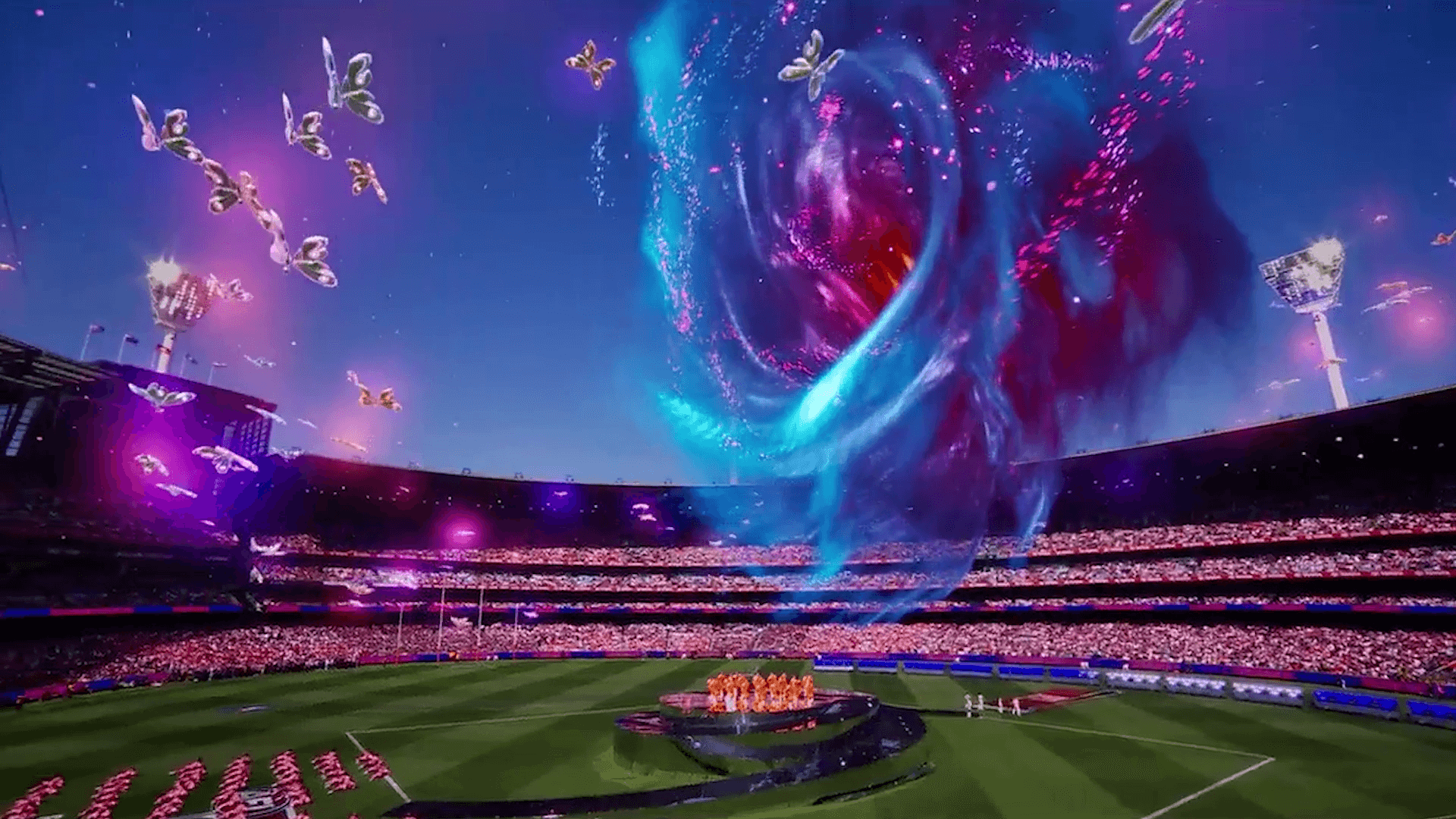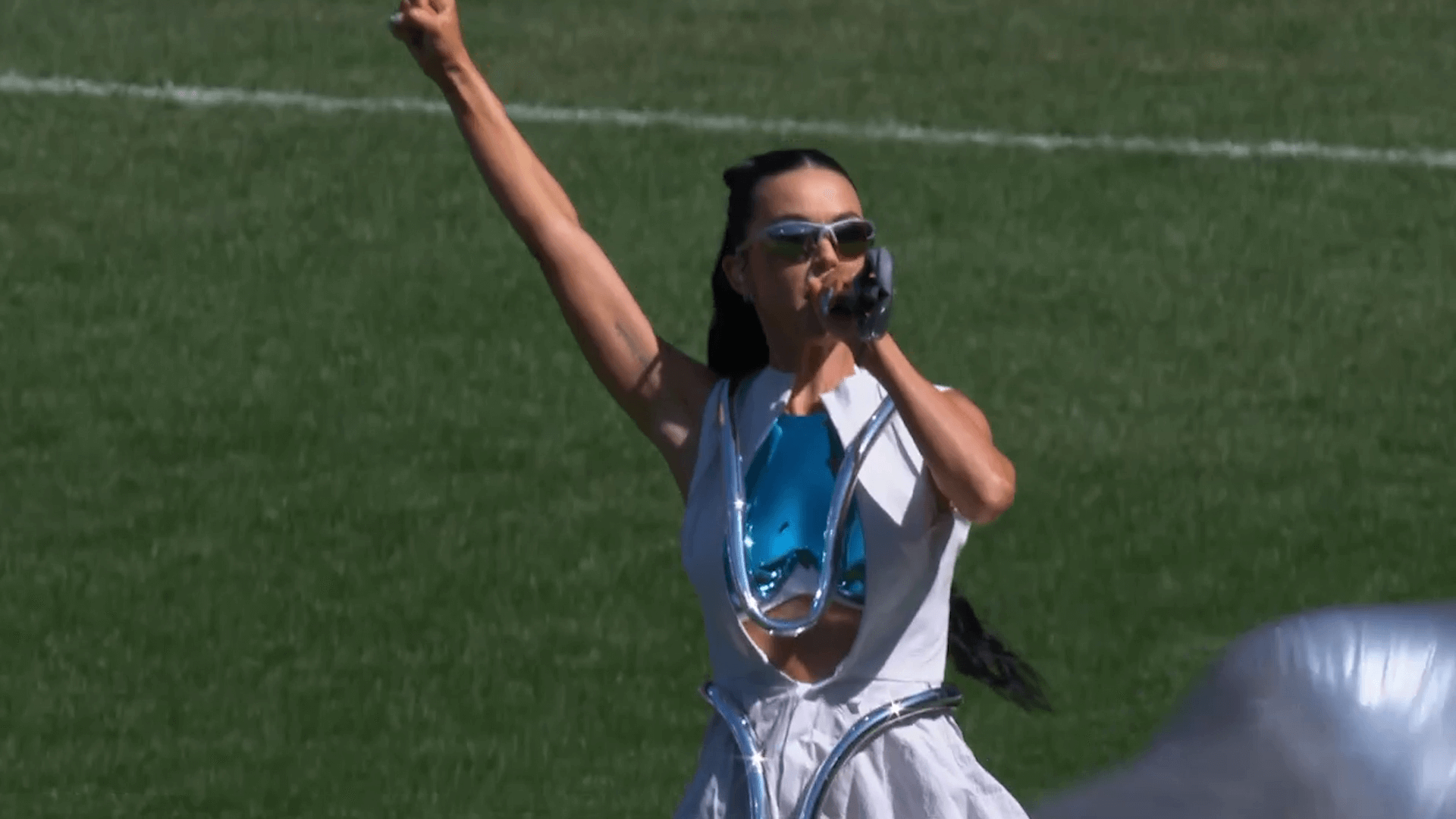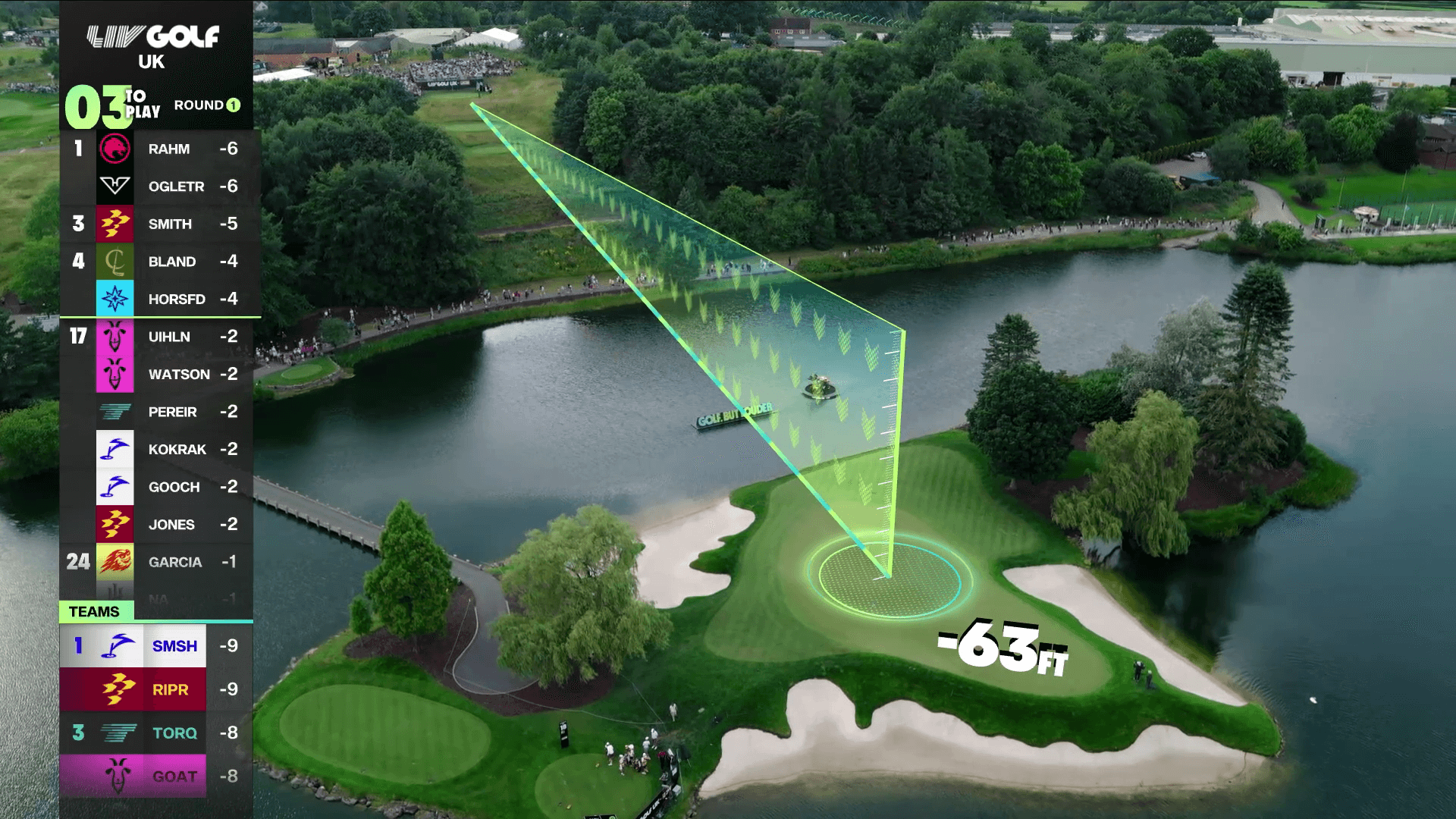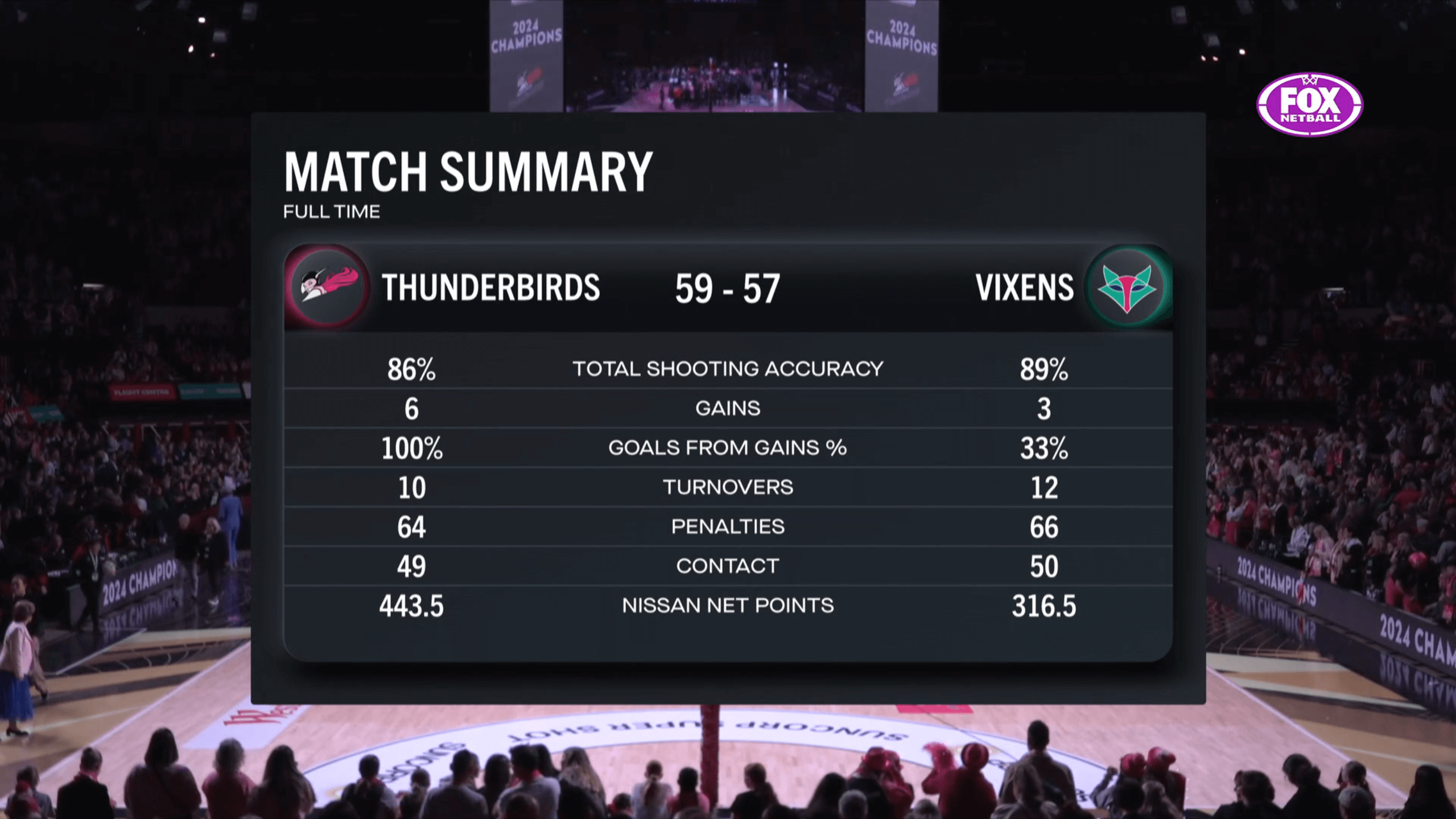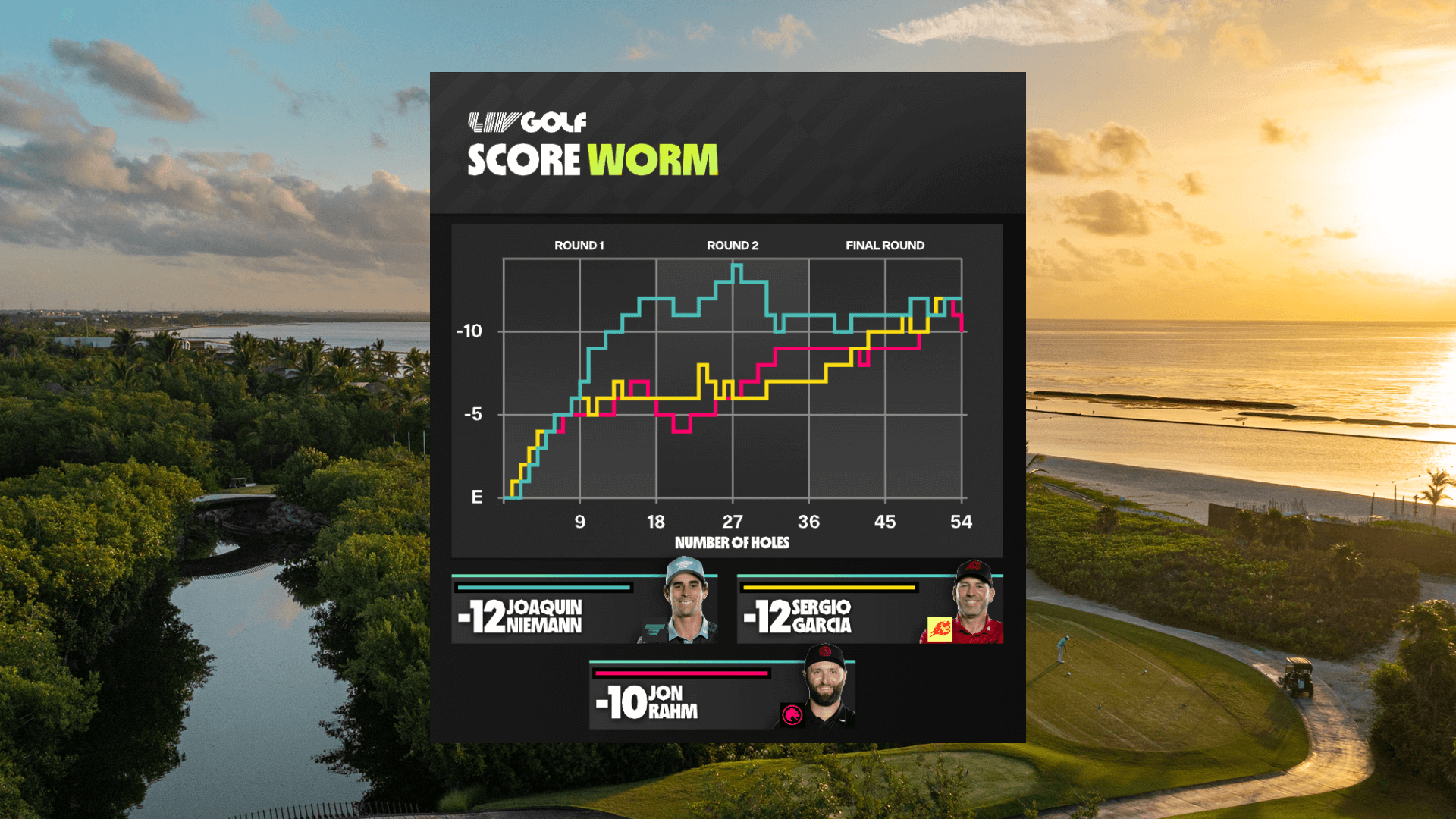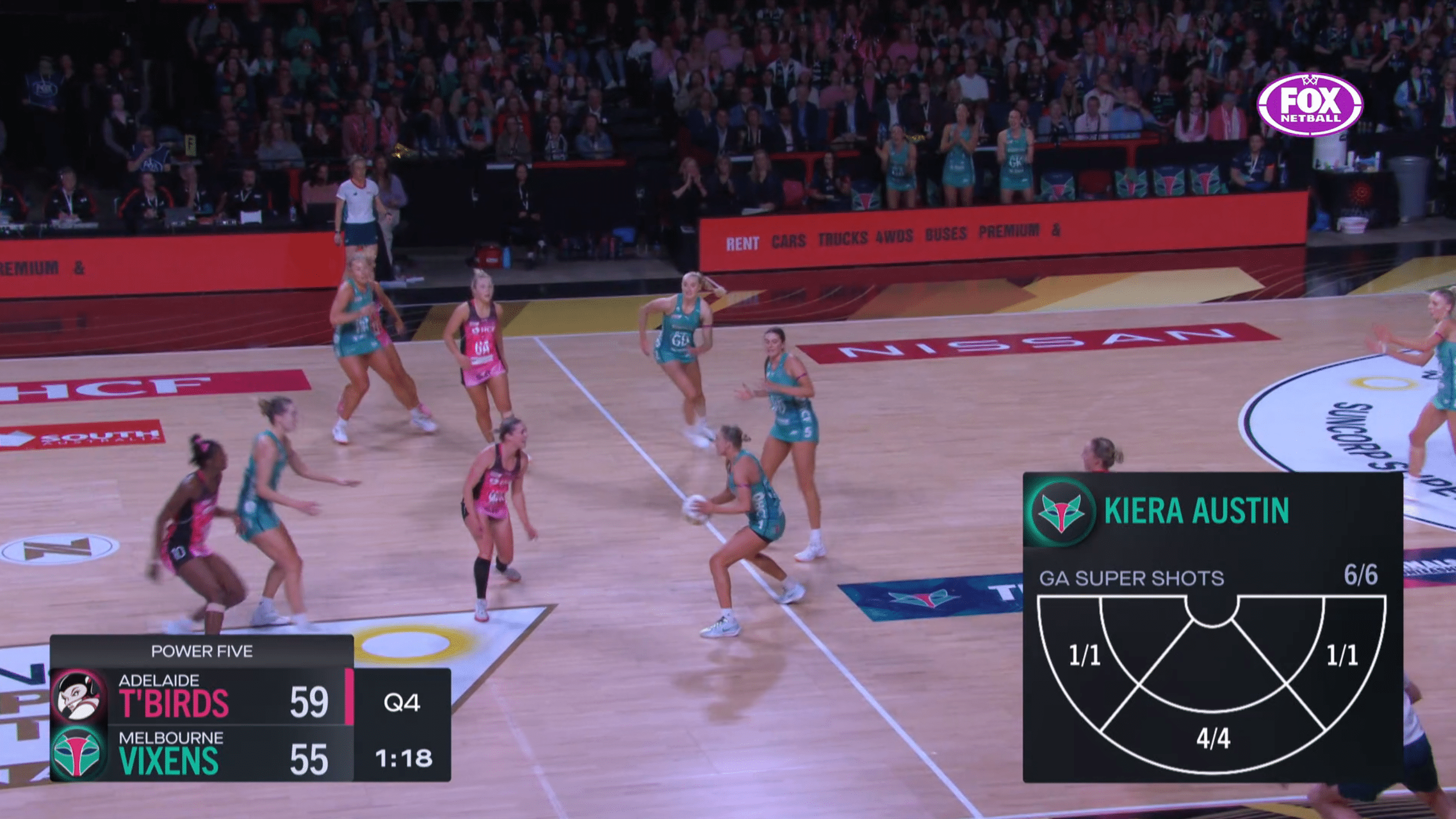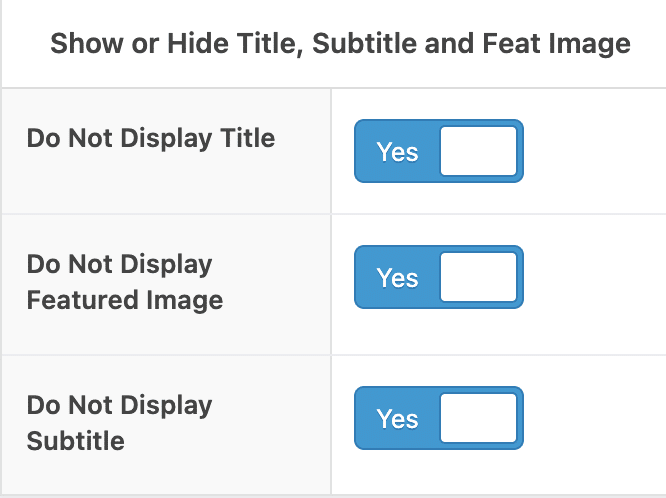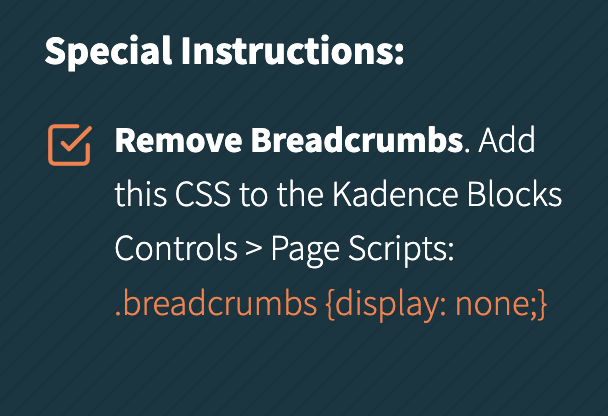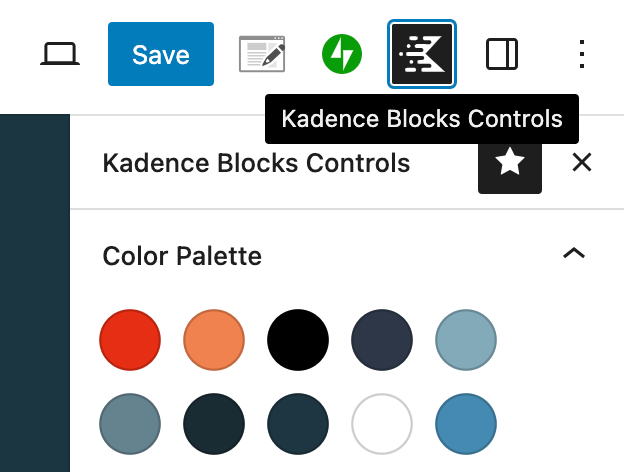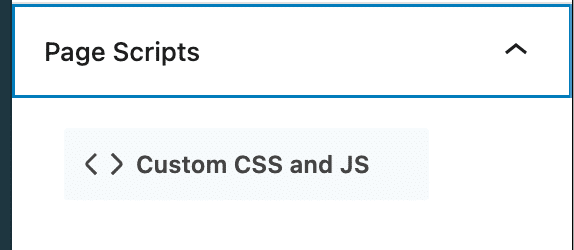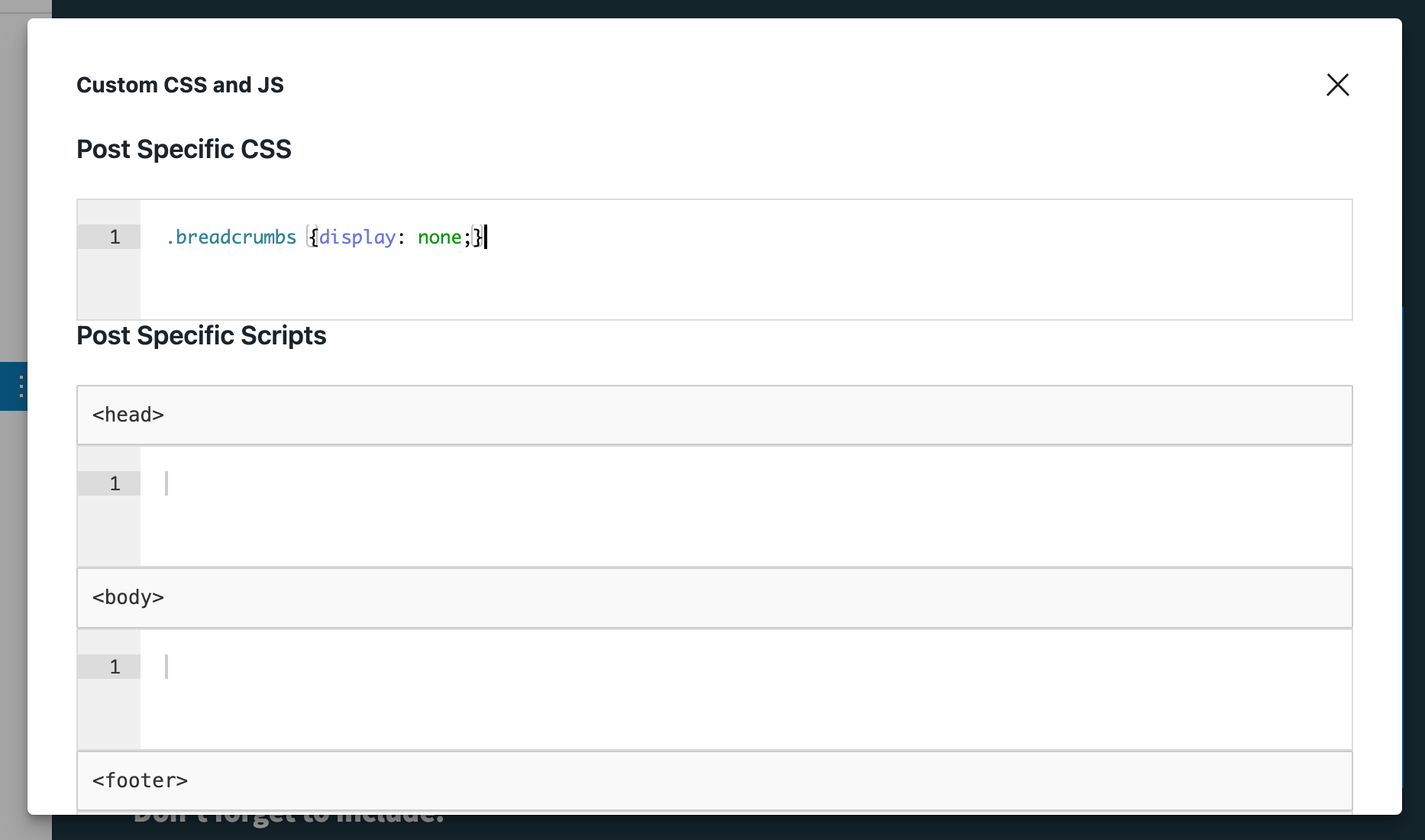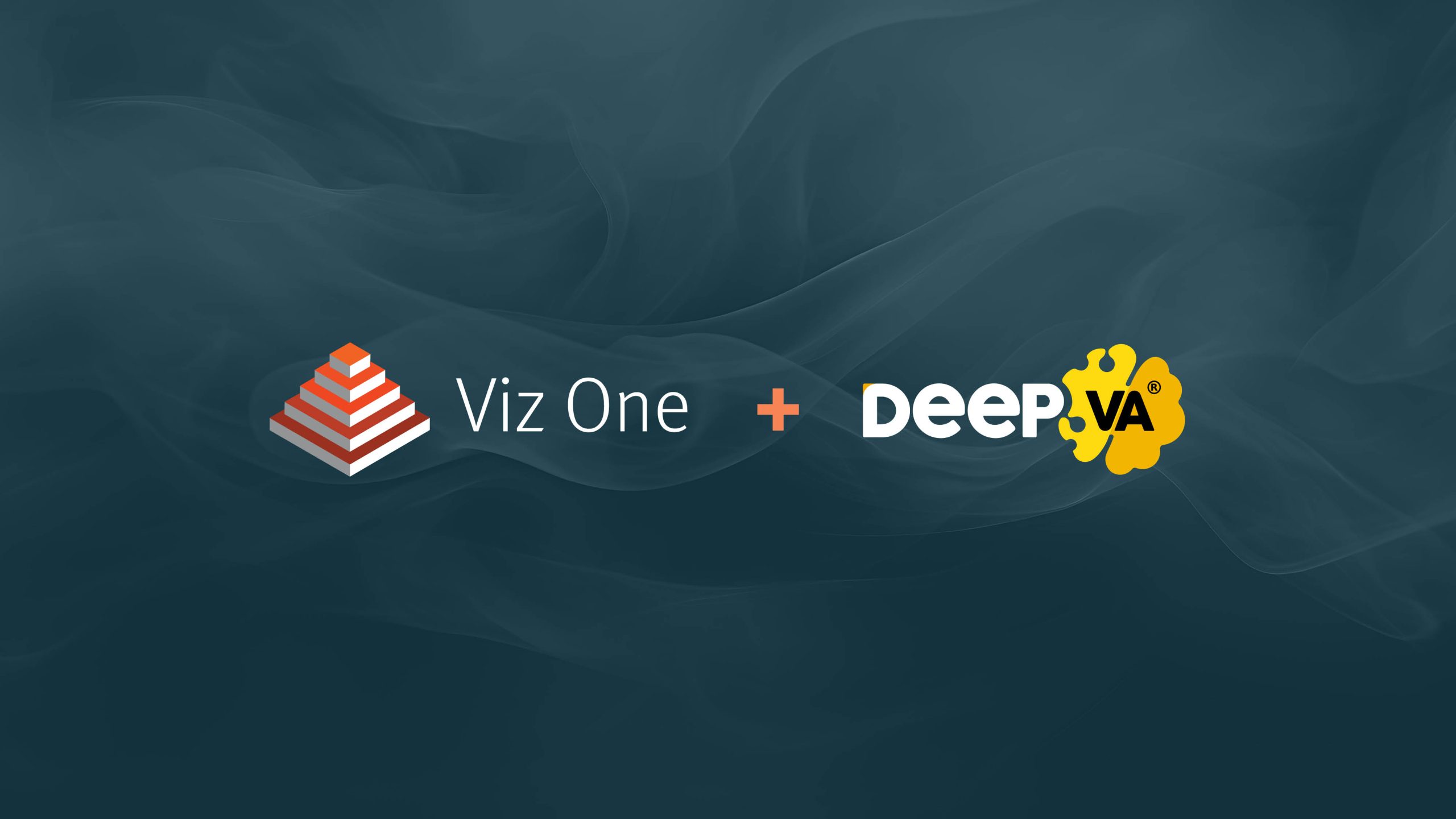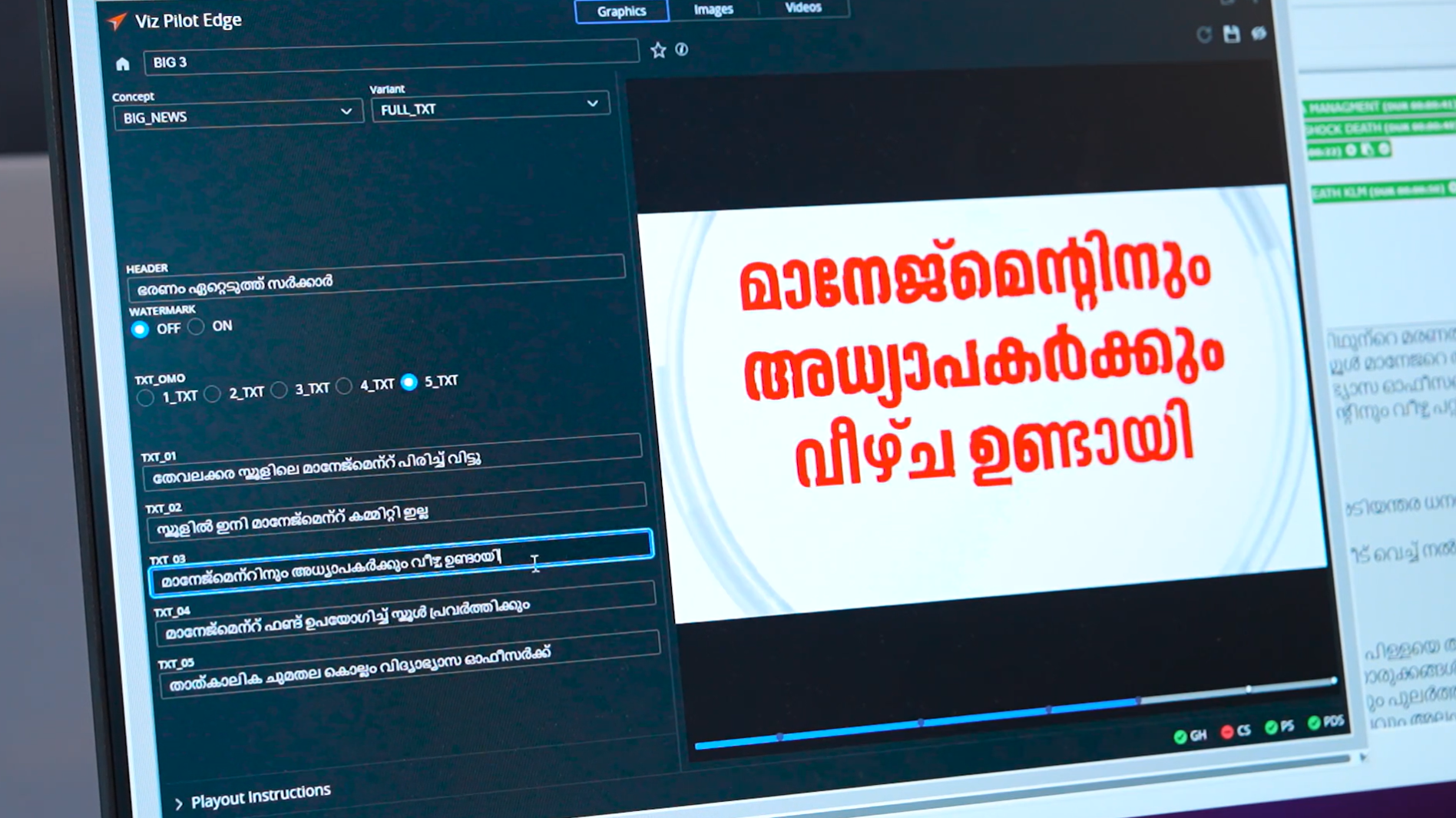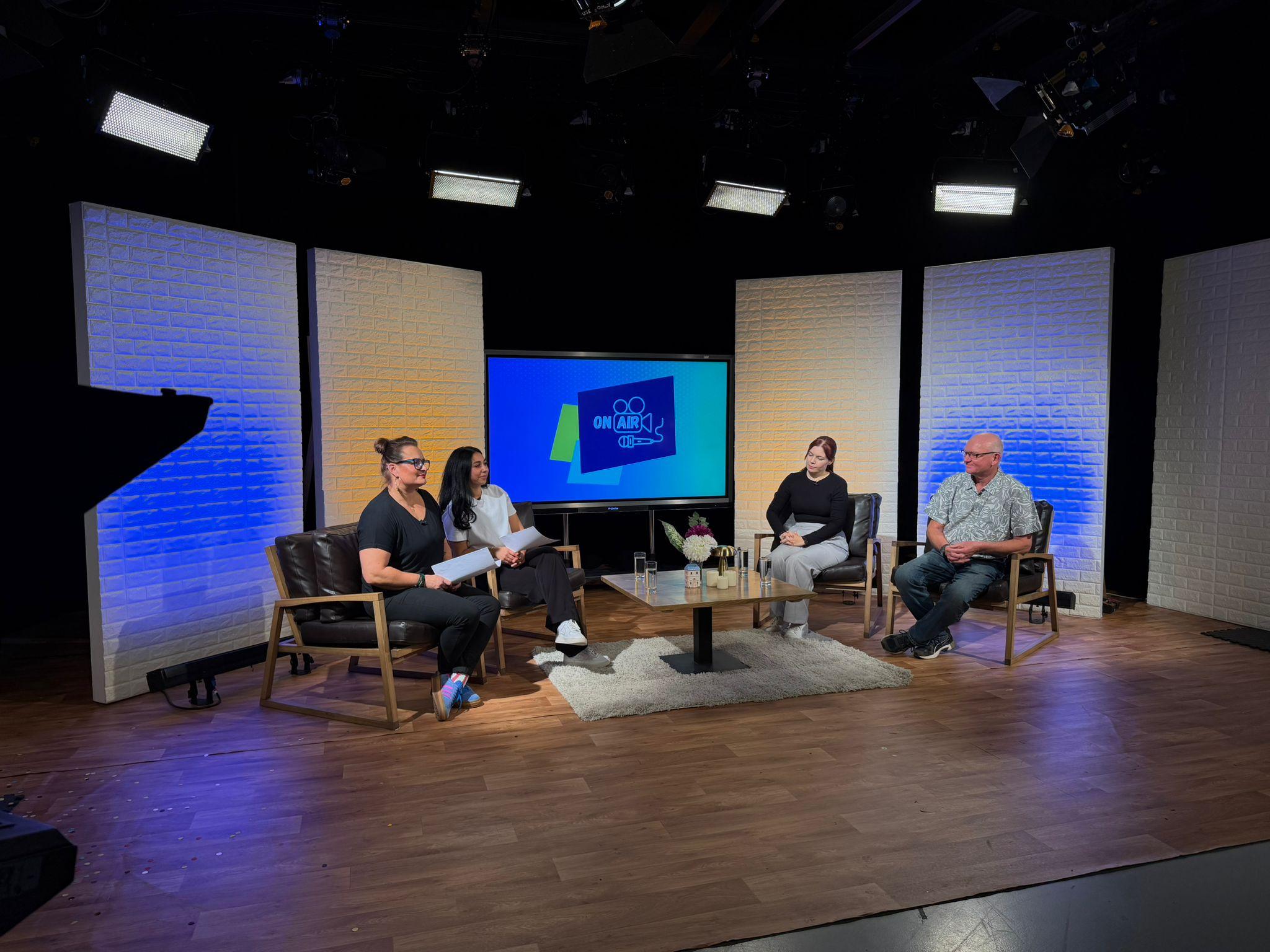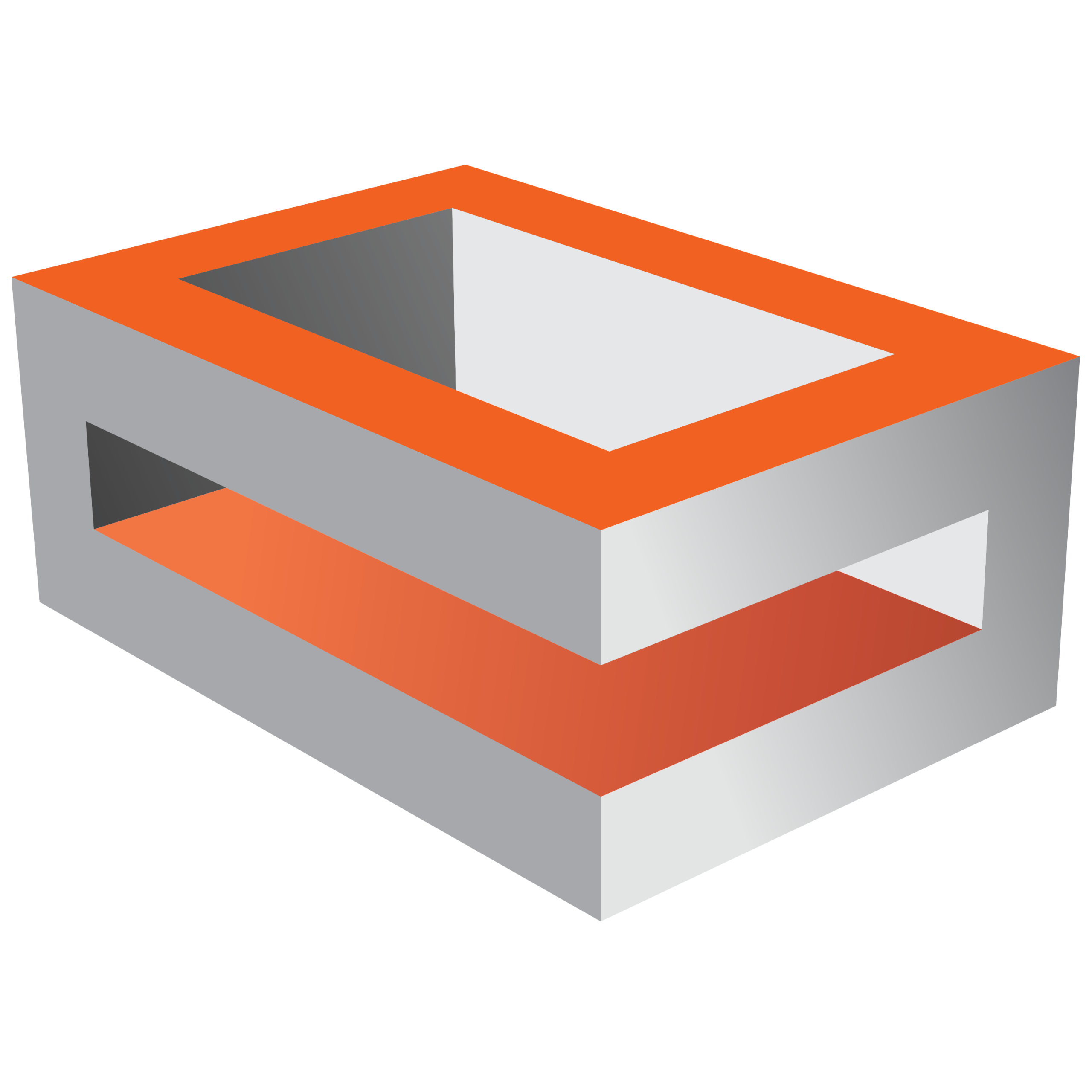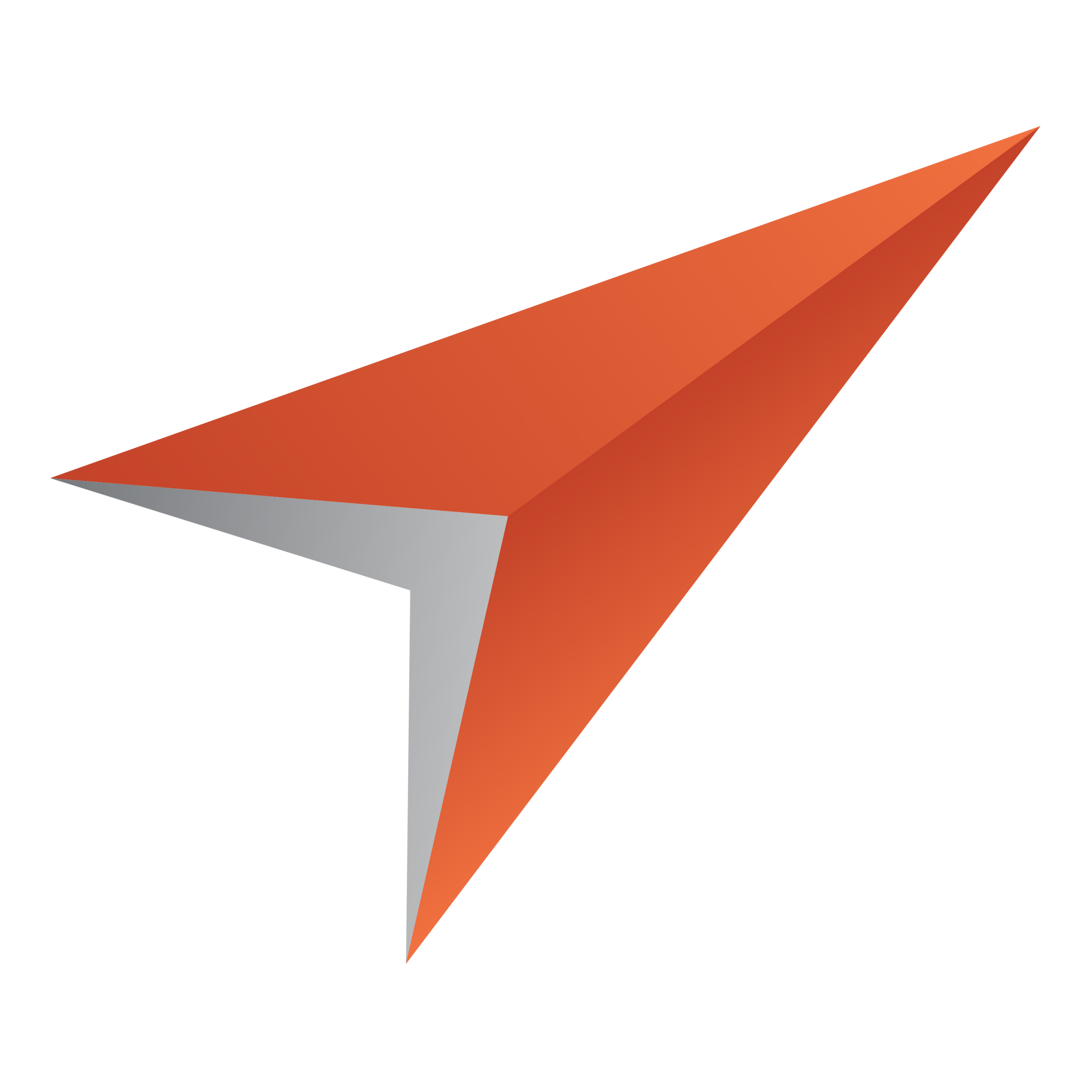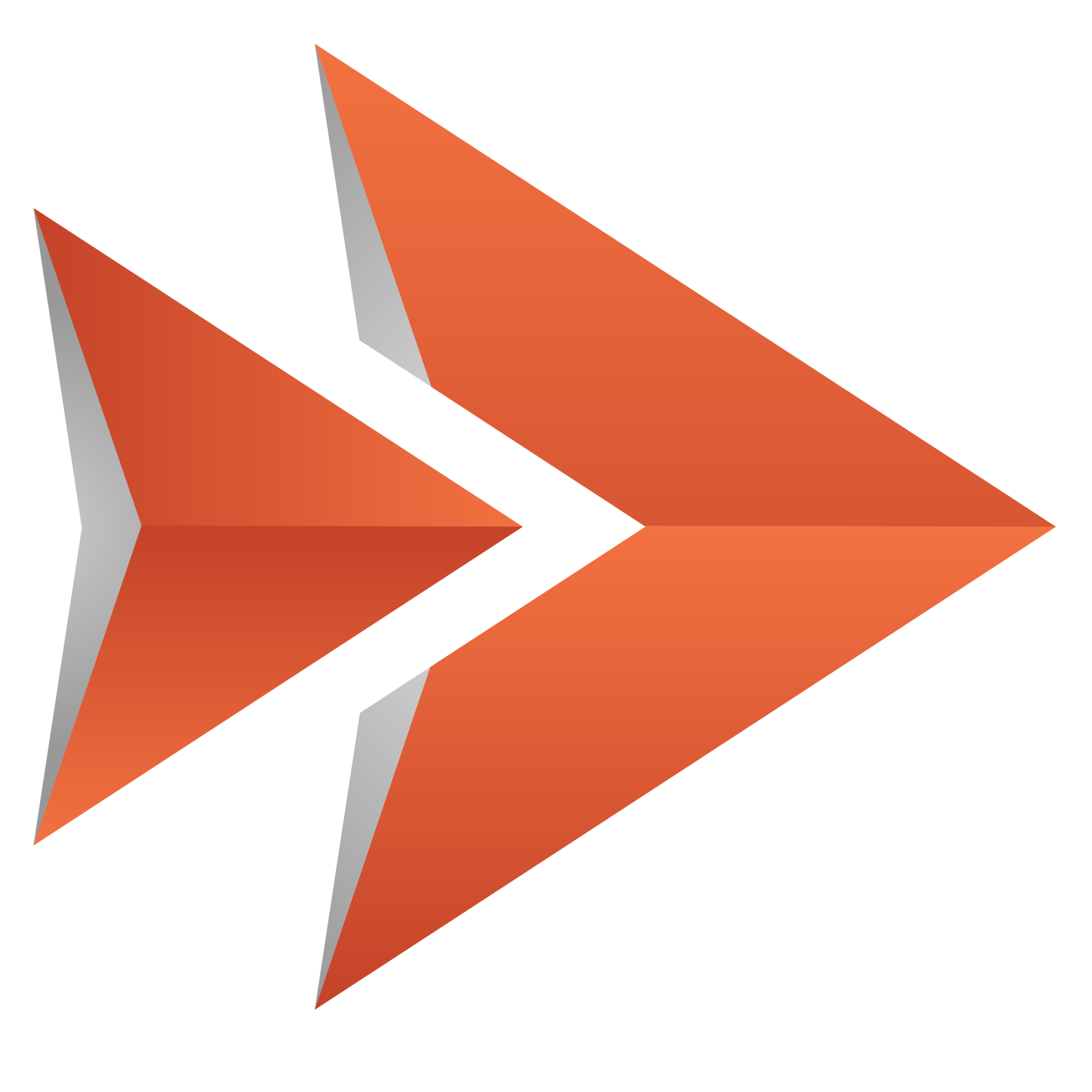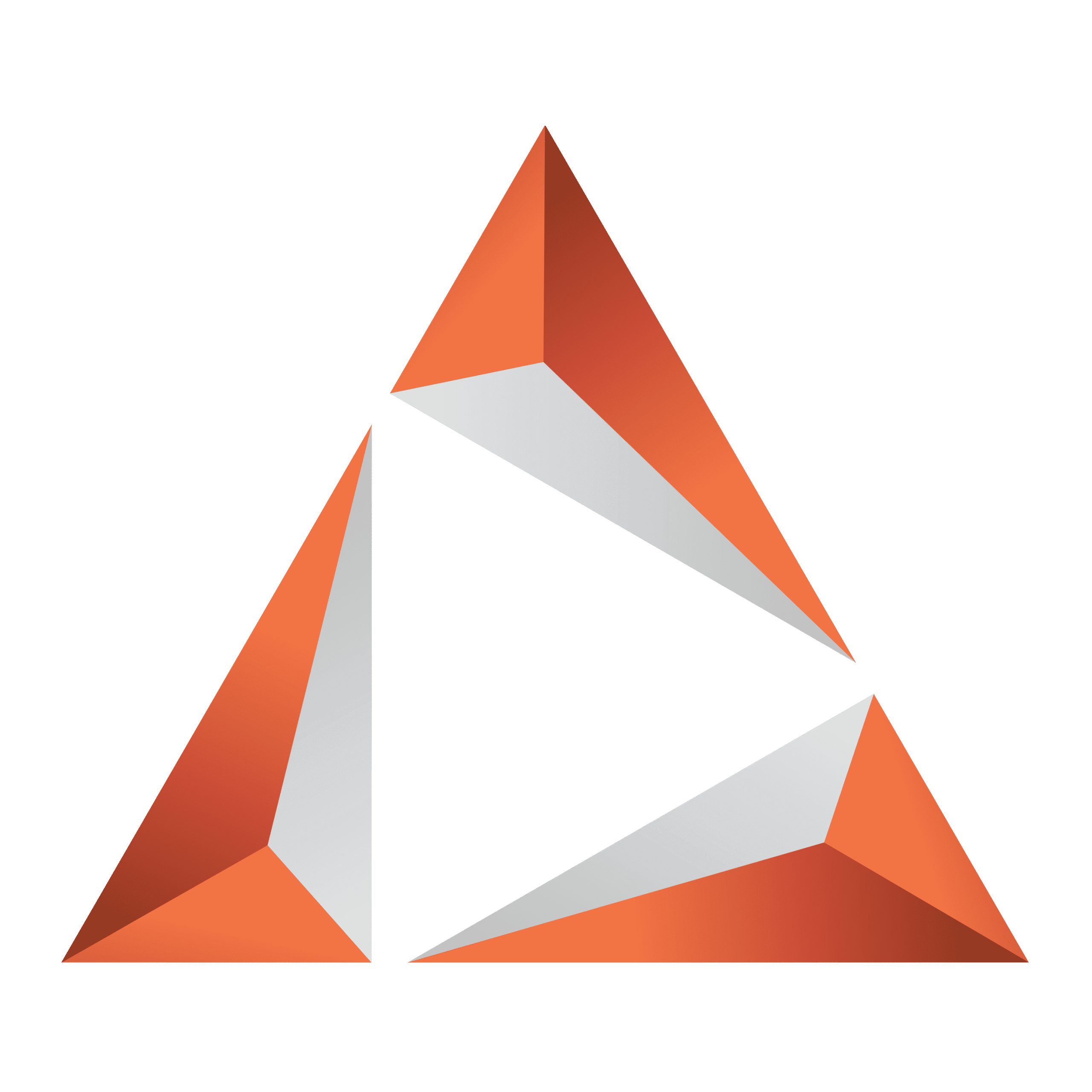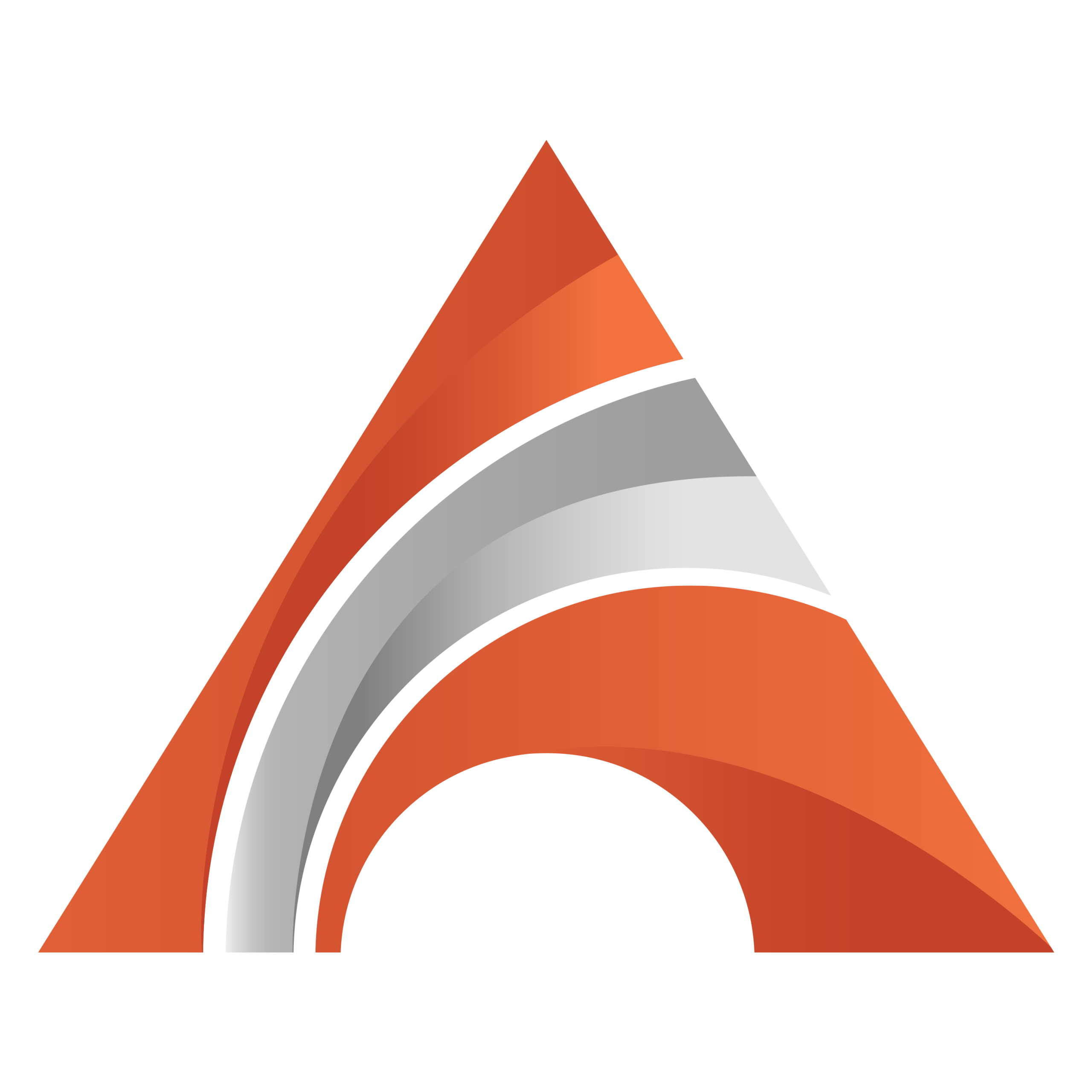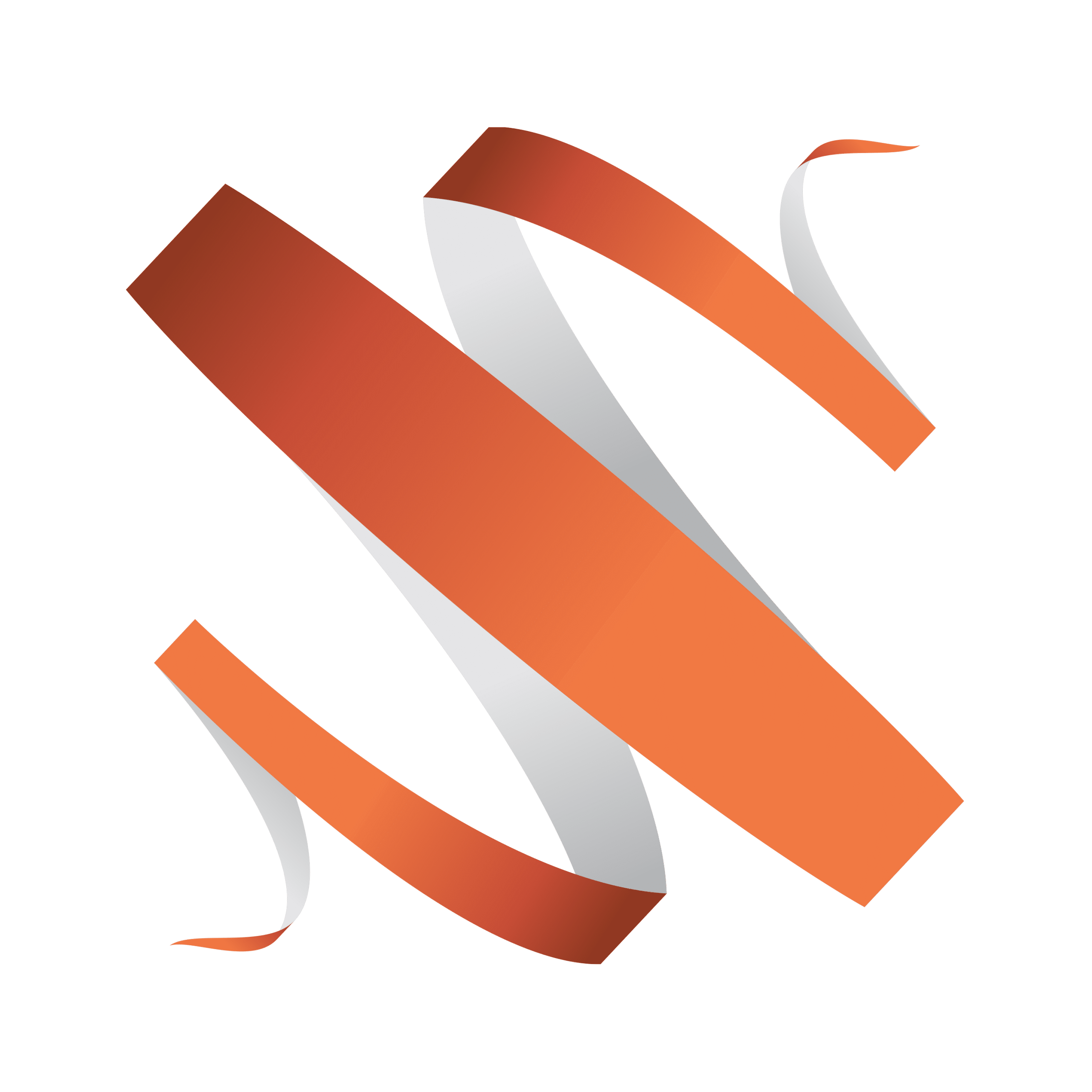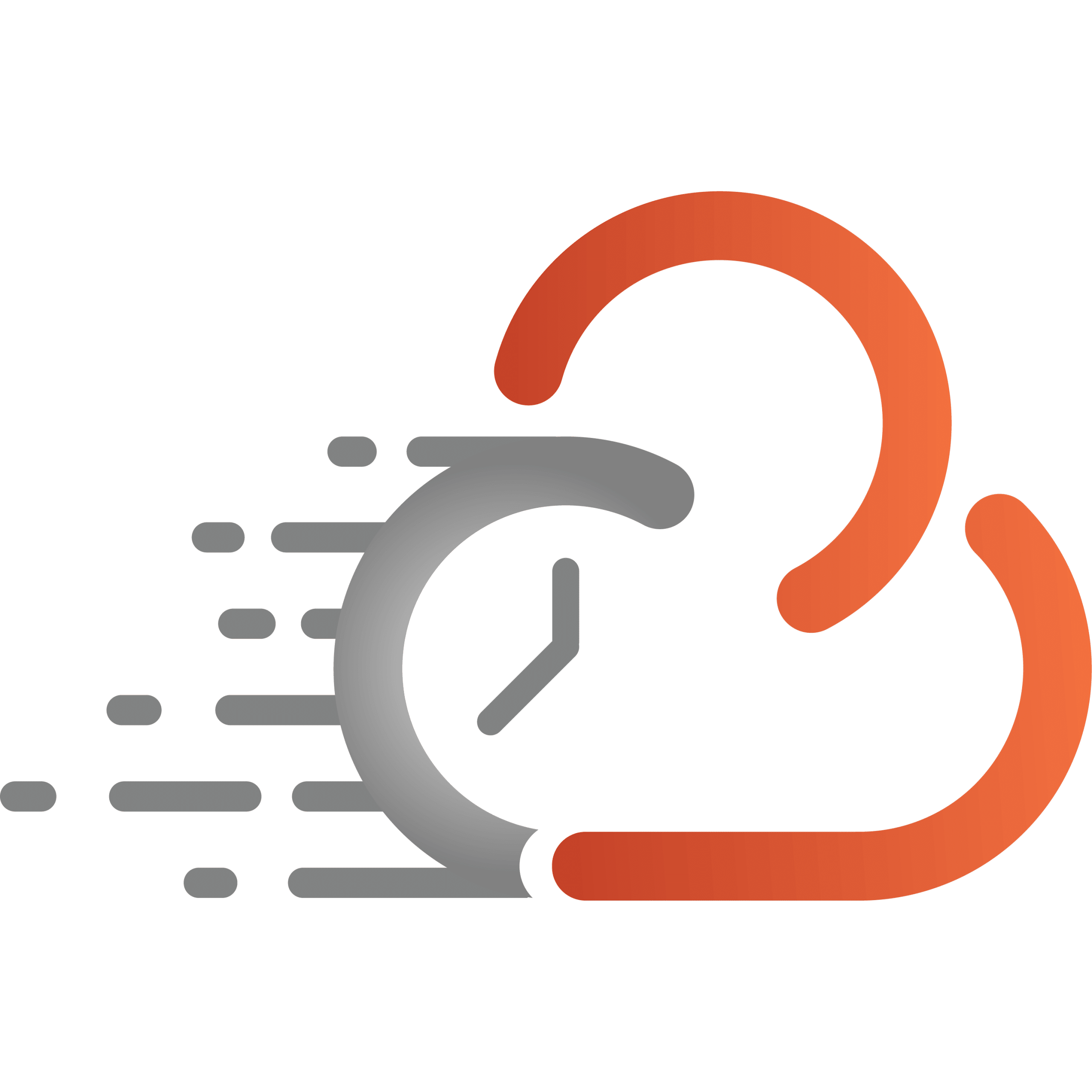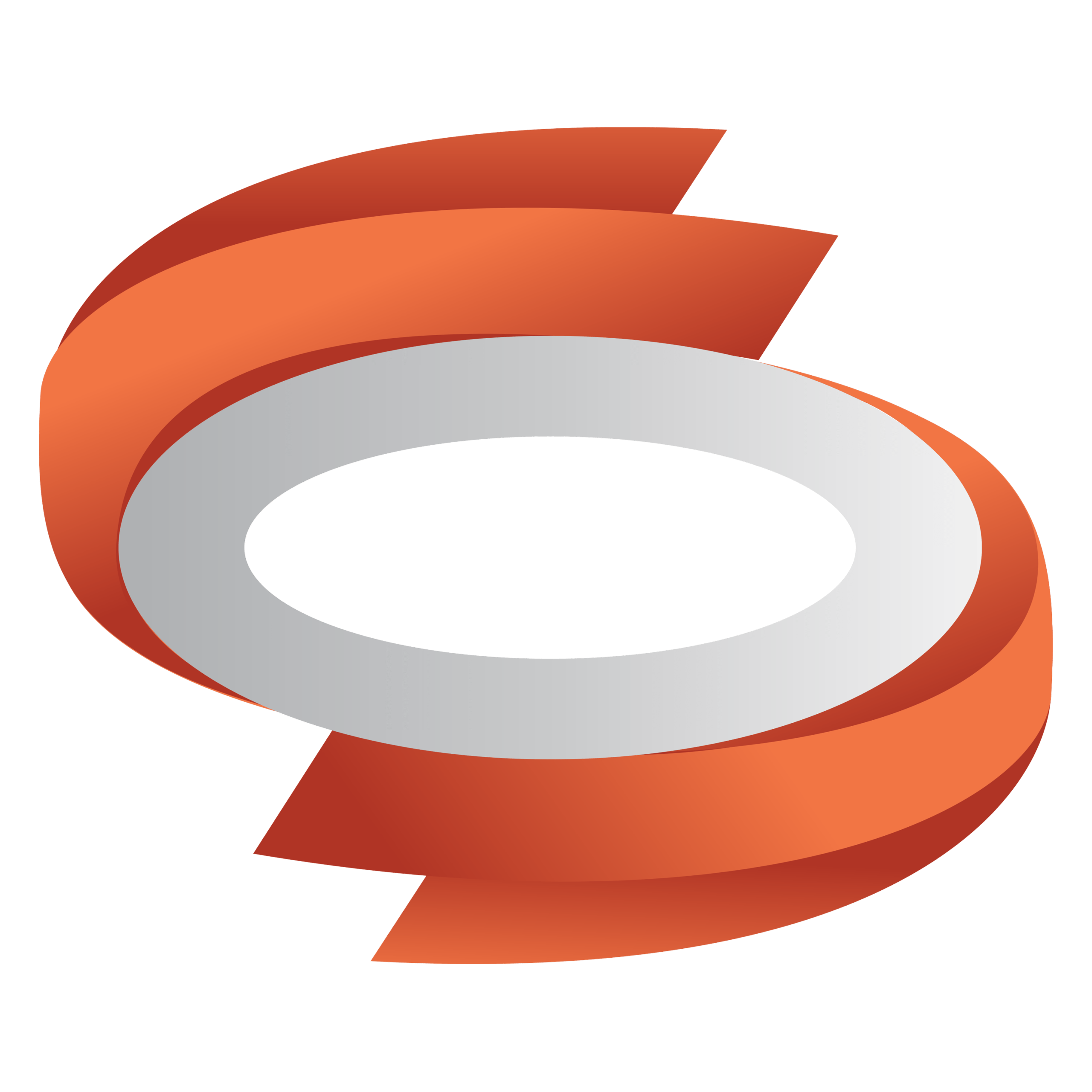The broadcast industry has changed in many ways over recent years, but one constant has stayed the same: the importance of live events. Whether sports, news, concerts, special live editions of light entertainment shows, or something else entirely, the live event remains the cornerstone of schedules worldwide.
Broadcasters invest huge amounts in securing the rights to screen them, especially when it comes to sports, streamers are pivoting towards them, and audiences everywhere are turning in as the demand for high-quality content continues to grow inexorably. In a fragmented media world, live productions remain the best route to generating the buzz of water cooler television.
This growth in demand has been coupled with a democratization of the tools required to stage live events. The move to IP, the establishment of remote production workflows, the commoditization of camera chains, the rise of streaming platforms and more have lowered costs and opened up the ability to produce live content from more events than ever. Broadcasters, media publishers, stadiums, sports networks and leagues, festivals, multi-stage venues, hybrid event producers, high-level corporate events, and others are all now regularly producing live material
Not only is there greater demand but there is more ability to create live content to satisfy it. However, while the barriers to entry for live production have fallen, it remains a complex process with many traps for the unwary. There are a host of mission-critical components and processes in the chain that are required to function perfectly to make sure that the live broadcast is robust, stable, and of a high enough quality that it satisfies viewer expectations in a competitive environment.
How TriCaster Vizion offers five ways to simplify live event production
TriCaster Vizion has been developed to aid in that process and to sit at the heart of a new generation of live event productions. It enables massive multi-camera coverage of high-end productions of any scale – local and remote – utilizing a multitude of signal flows and compelling visuals to capture viewer attention. And, what’s more, it simplifies live event production in five important ways, allowing media organizations to focus resources on the areas that need the greatest attention.
1
Advanced Connectivity
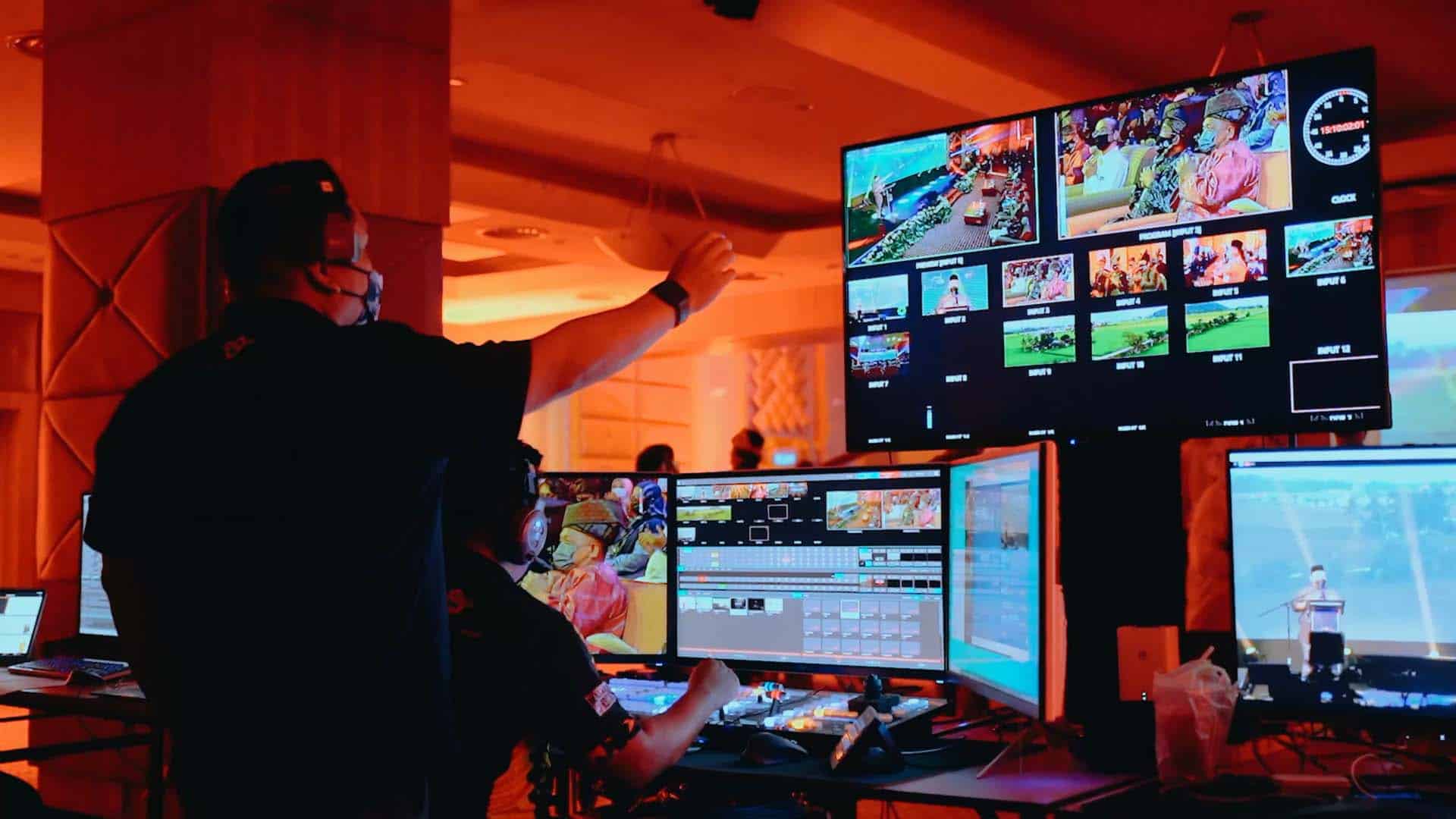
With 44 external live inputs, 12G connectivity, and up to 16 configurable SDI I/O, TriCaster Vizion can cope with everything up to the very largest multi-camera productions. As part of the transition to IP workflows, it also leverages the NDI IP video protocol, allowing for even greater simplified connectivity. Users can quickly and easily connect various NDI-enabled products using a single network cable for video, audio, key, control, tally, and even power over Ethernet, reducing cable clutter and simplifying setup.
2
Centralized Configuration
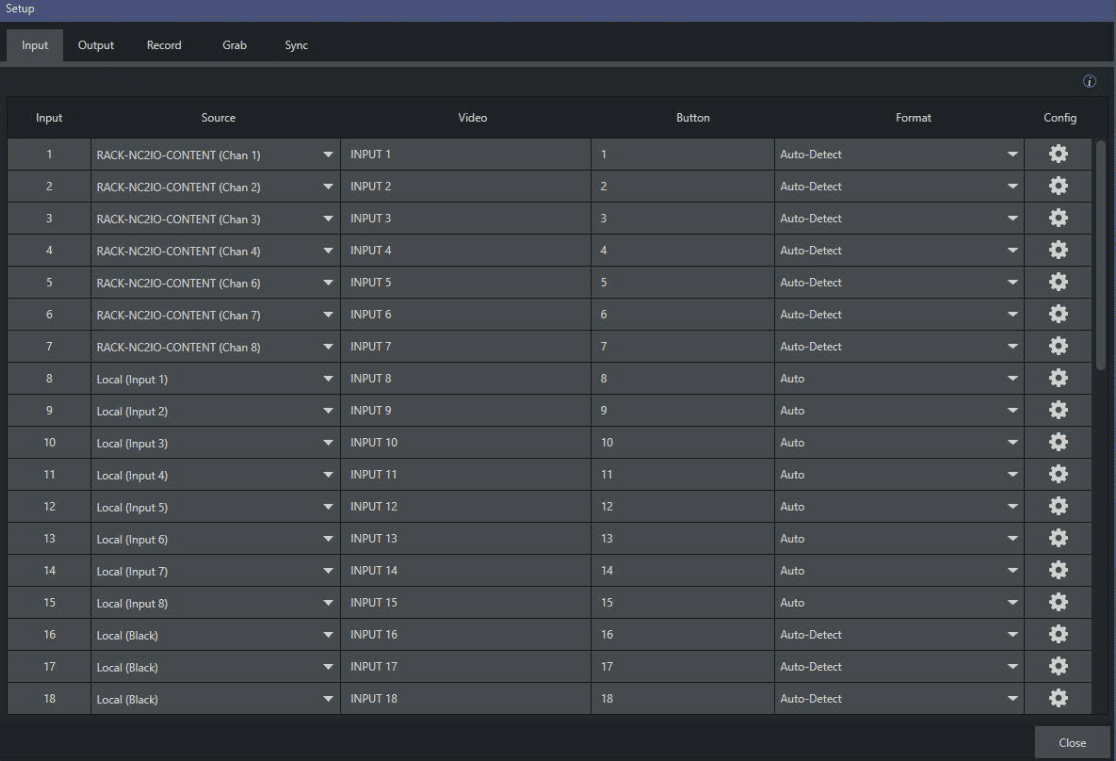
TriCaster Vizion introduces a new set-up tab that centralizes the configuration of input, output, SDI, programmable outputs, and HDR color settings in one location. Streamlined ergonomics is often over-looked when it comes to live work, but this workflow innovation does away with the need to navigate between multiple menus, dramatically saving time and accelerating the entire production process.
3
Workflow Optimization
TriCaster Vizion has been engineered to reflect the way that modern productions are designed. Live Link functionality, for example, enables users to render web pages directly into the TriCaster and incorporate web page elements into a production without third-party applications. This alone greatly enhances both production agility and flexibility.
4
AI Tools
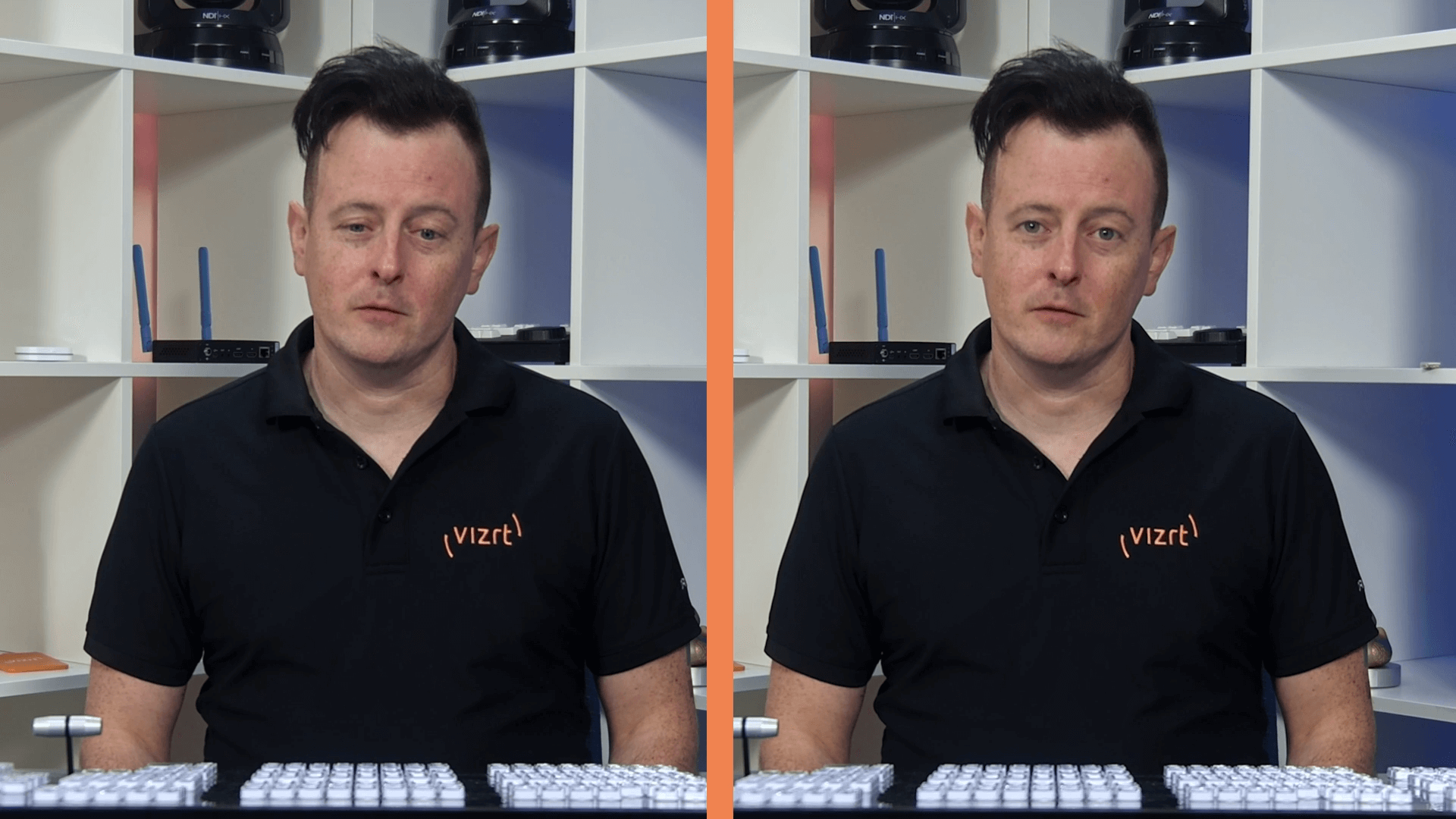
TriCaster Vizion harnesses AI to power new tools and automate time-consuming tasks, allowing production teams to focus on creative aspects of content creation. Latest features include Gaze Correction, which makes it appear that on-screen talent is looking directly into the camera instead of obviously reading or looking off-screen; Neural Voice Isolation which cleans audio at the touch of a button to reduce background noise and automatically detect voices; and Advanced Keying which allows for quick setup and continuous, real-time adjustment of the key to ensure seamless integration of AR components.
5
Flexible Hardware and Licensing Options
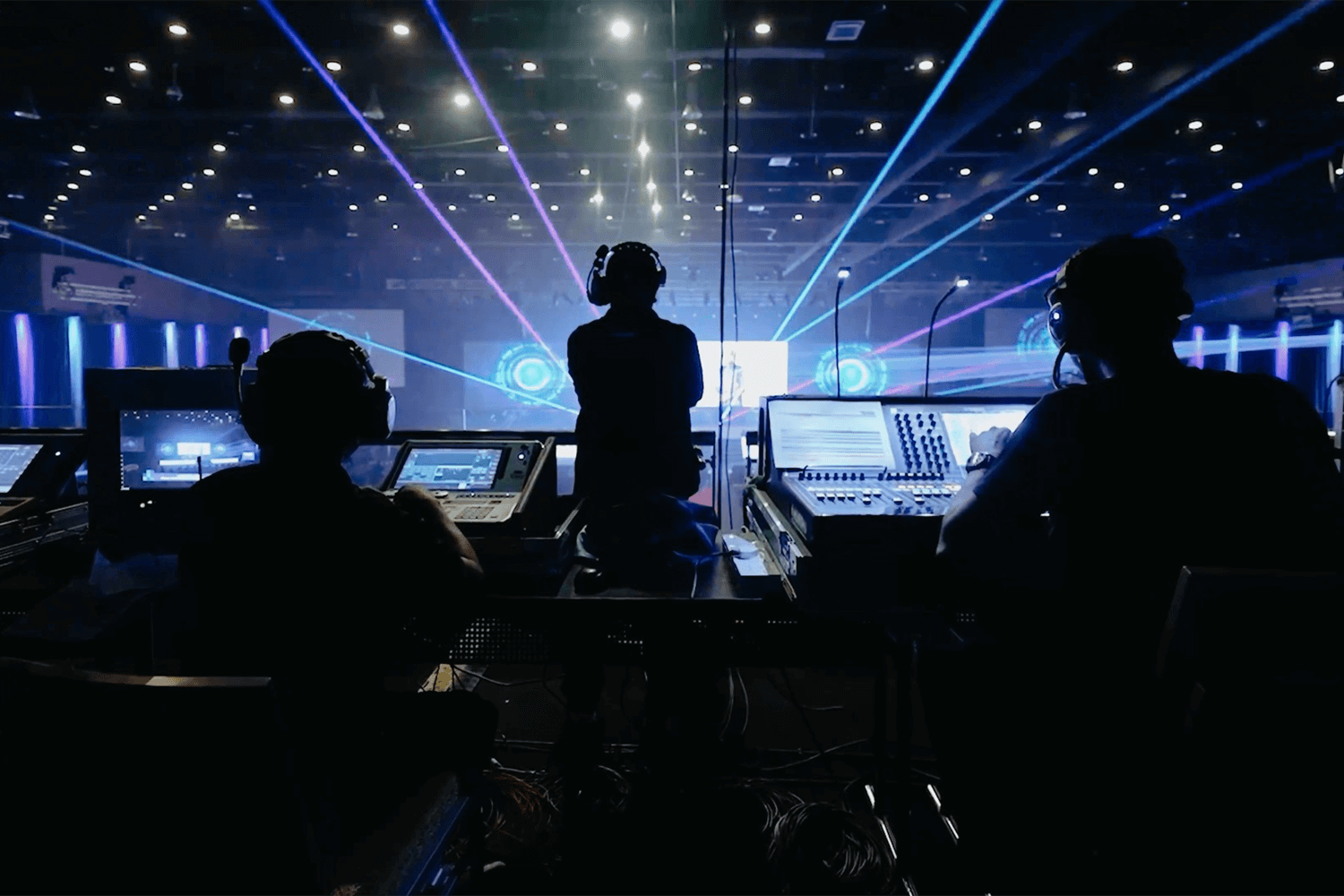
Finally, TriCaster Vizion is offered with a choice of two different hardware platforms and both perpetual and subscription licensing options. This flexibility allows users to select the configuration that best suits their production needs and budget constraints, making sure they are neither underserved nor over-engineered and always have the best solution required for the tasks ahead.
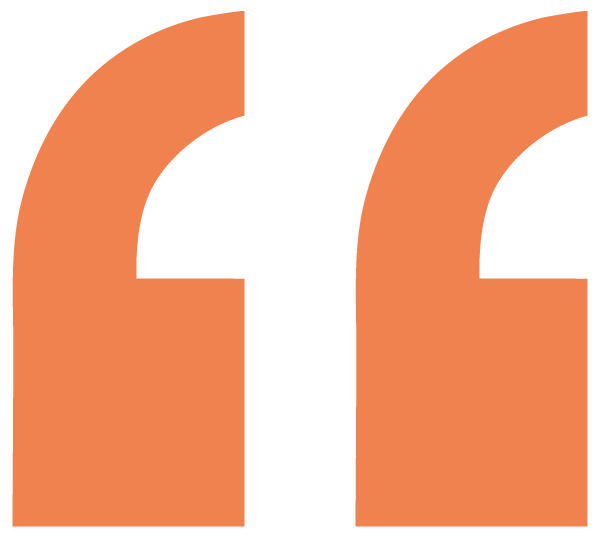
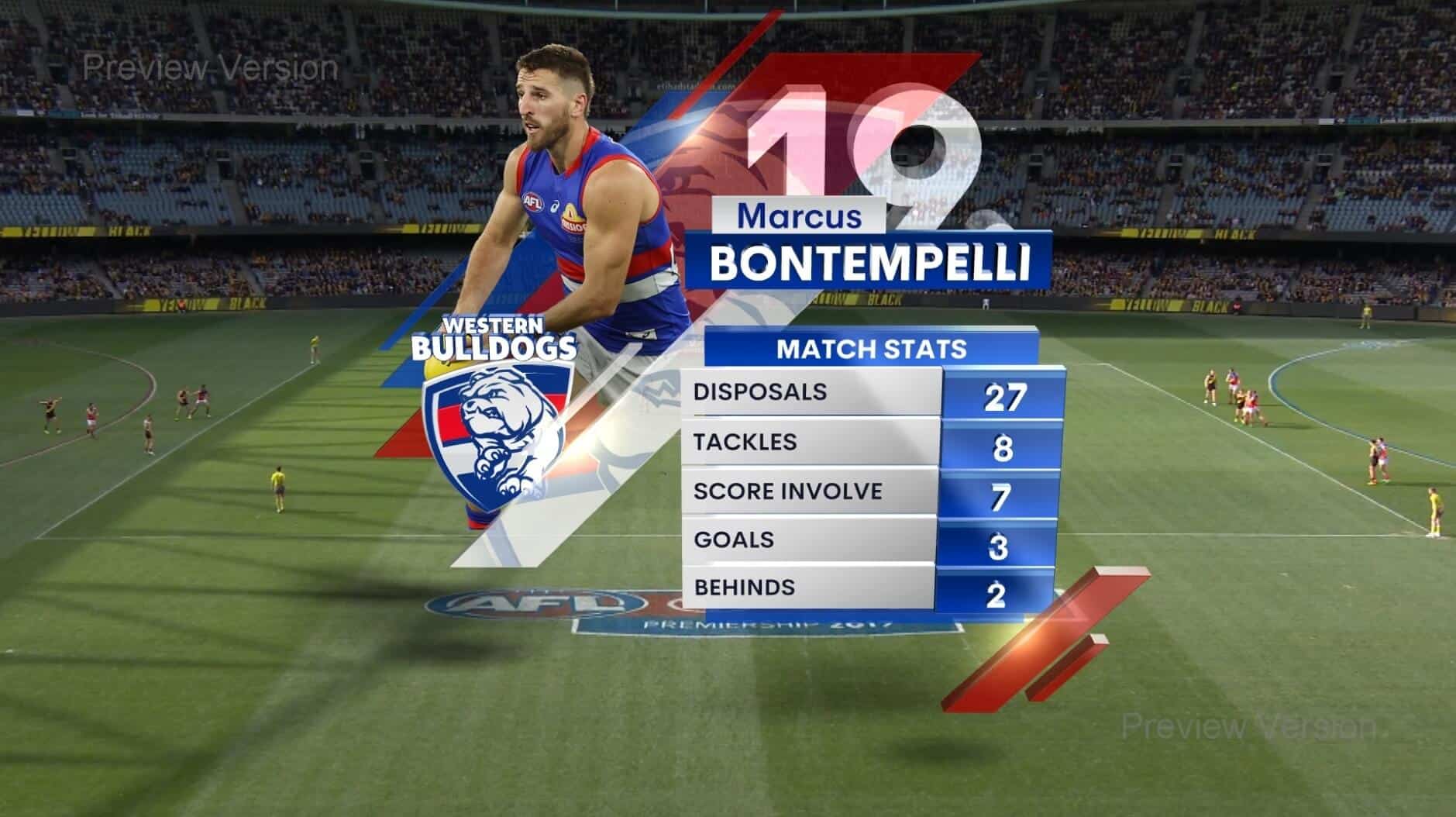
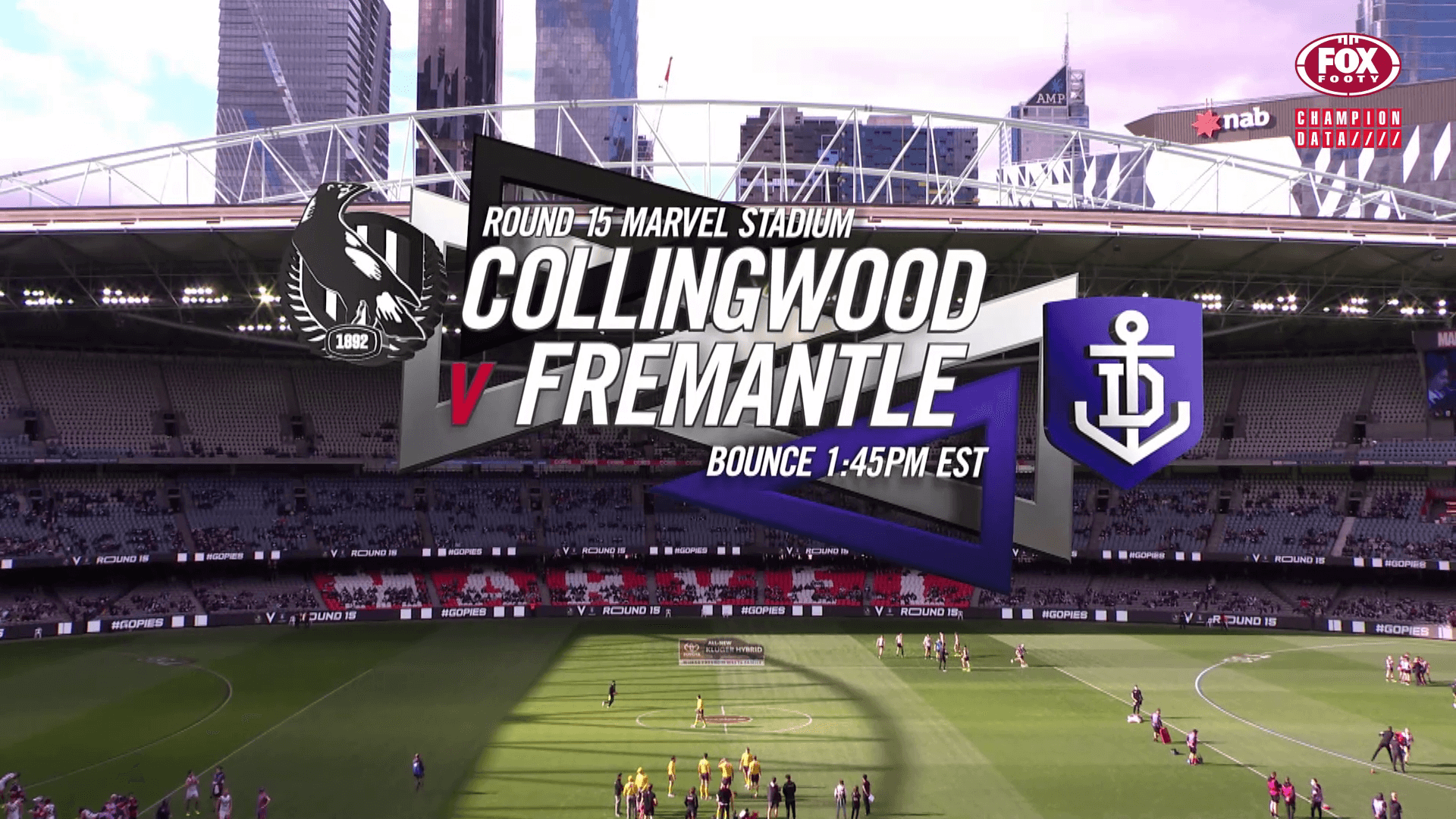
Simplifying Complexity
Live events remain a critical component of the broadcast industry, driving audience engagement and content demand, and arguably are only increasing in importance as competition for viewer eyeballs increases. While production costs have decreased, ensuring a high-quality live broadcast remains a complex and challenging process.
By placing innovative equipment such as TriCaster Vizion at the center of their workflows, media organizations can ensure that they are simultaneously reducing the complexity of producing live events of all forms while ensuring unmatched quality and keeping viewers fully engaged.
Don’t worry, this section is already hidden =)
Don’t forget to include:
